Throughout our time on Earth, we humans have created some pretty cool stuff. However, since all of it can’t possibly fit into our curriculum, most of us miss out on a lot of our heritage. Luckily, those who want to catch up can come together on the internet and share their discoveries. And the Facebook group Ancient Wonders of Archaeology, Art History & Architecture is an excellent example.
Created in 2013, it now unites 562K members who have amassed quite a collection. So we figured digging through their most impressive finds would be nice. Continue scrolling to check out what we stumbled upon.
01. Kailasa Temple In Ellora, Maharashtra, India, Is The World’s Largest Monolithic Piece Of Art
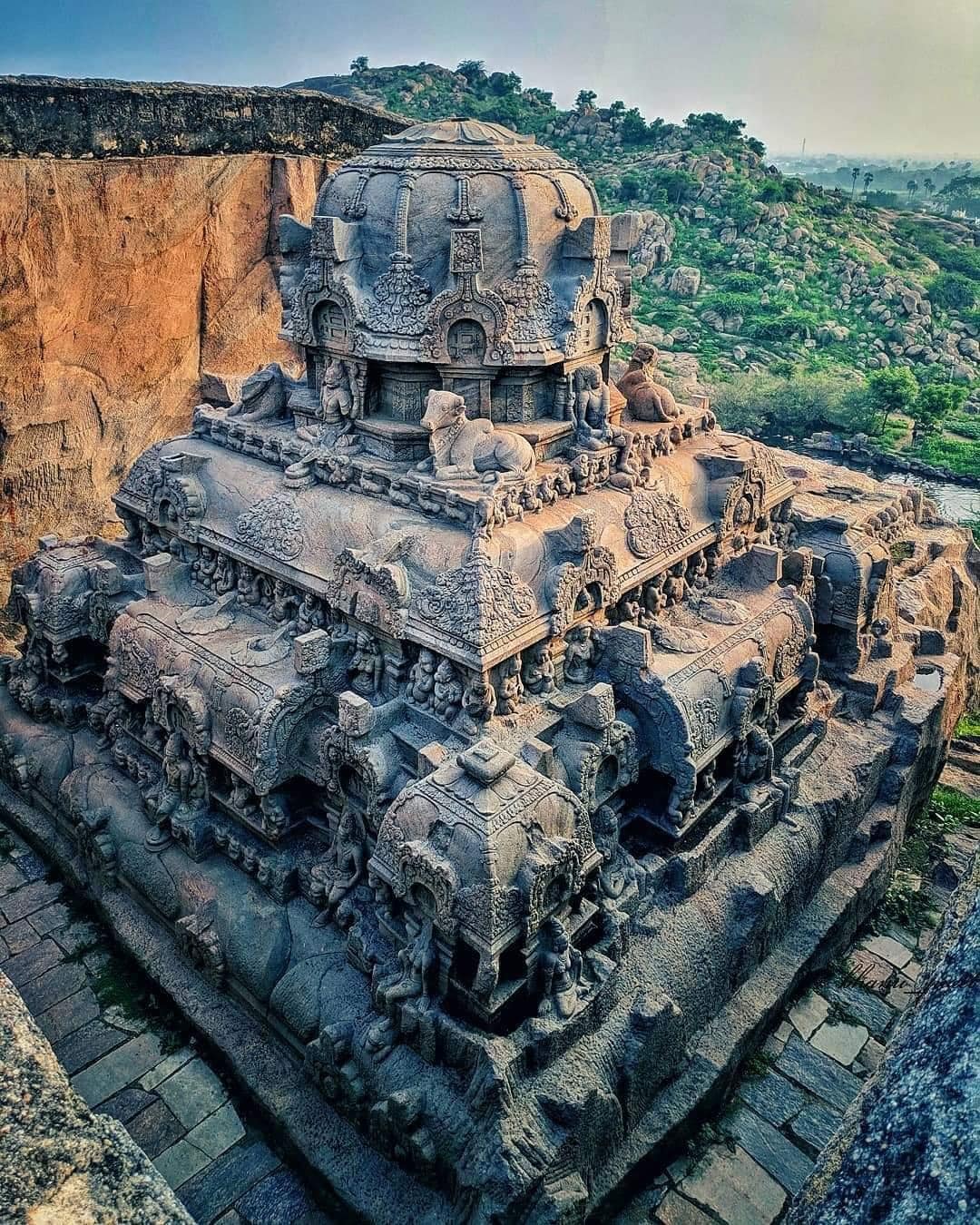
Master craftspeople carved the gigantic structure from a single piece of solid rock in a cave on a mountainside. The entire building took more than two decades to carve.
02. Even After 1000 Years, The Ancient Persian Vertical-Axis Windmills Are Still Operational Today
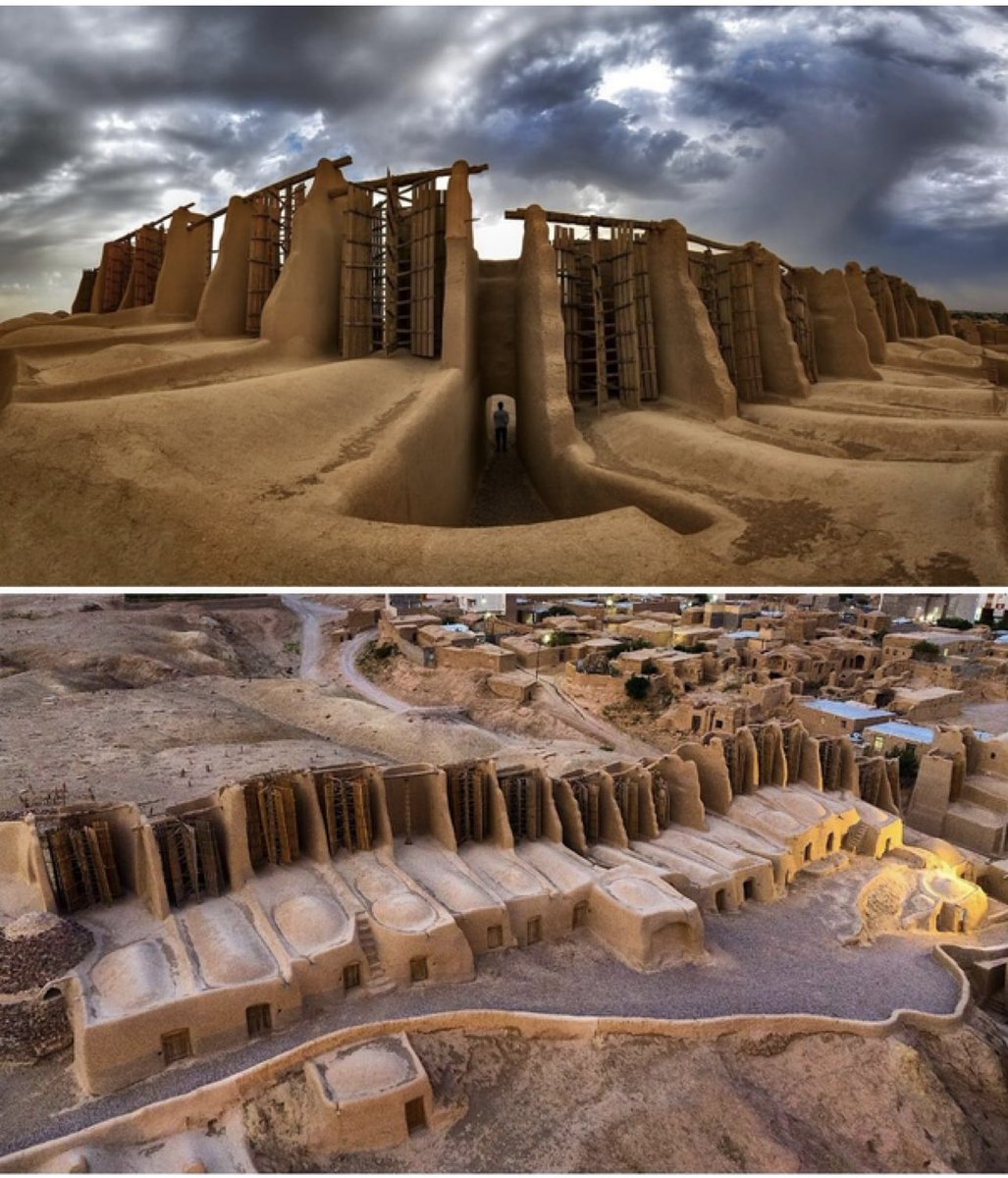
The Wonders Of Universe
03. Gloucester Cathedral – An English Cathedral Of The 11th Century, It Is One Of The Masterpieces Of Gothic Architecture Around The World
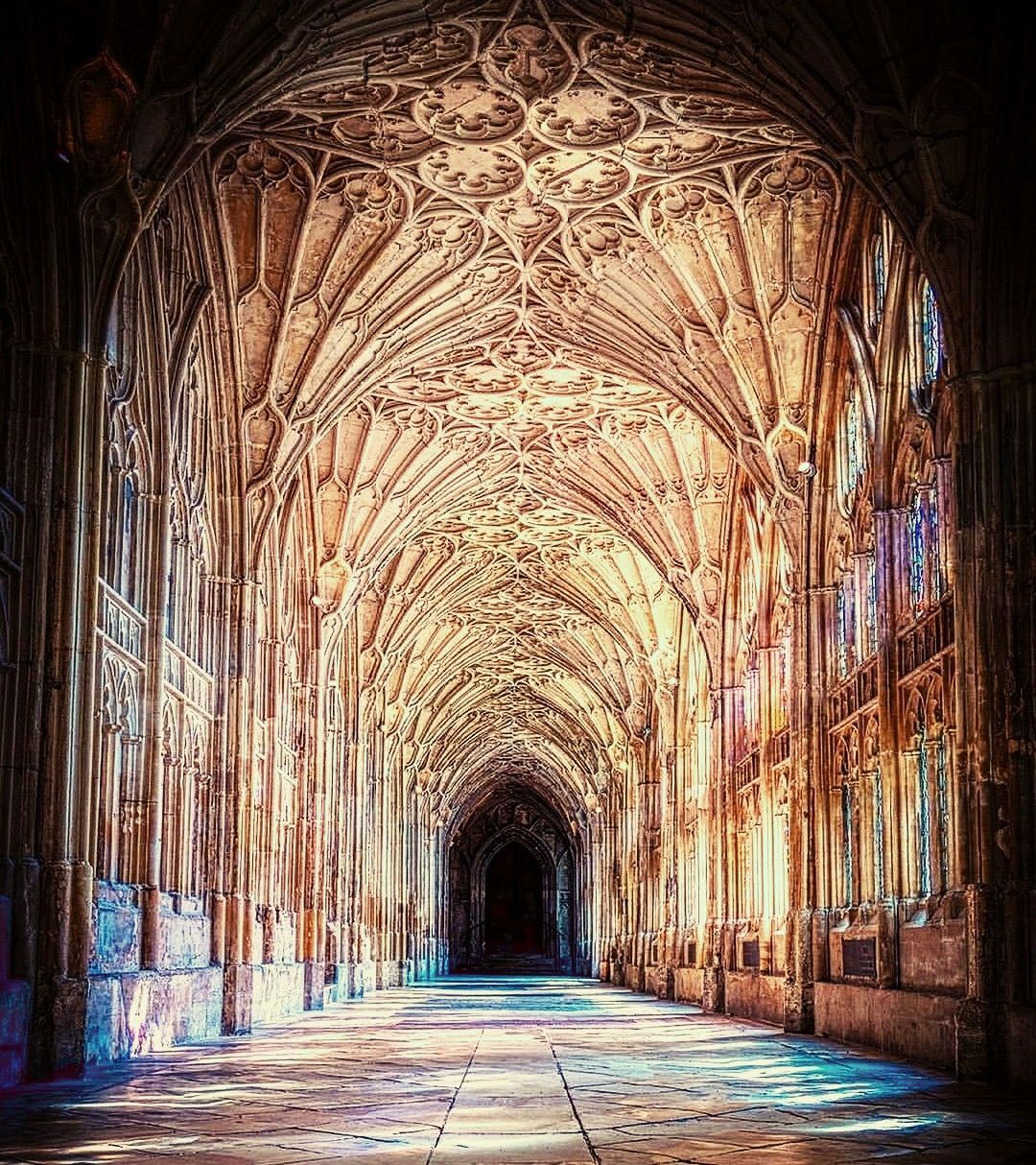
04. The Prague Astronomical Clock, The Medieval Clock, Was Installed In 1410 And Is Considered To Be The Oldest Operating Astronomical Clock In The World

Steve Collis from Melbourne, Australia
05. A Bookshelf In The Abbey Of Waldsassen In Bavaria, Germany
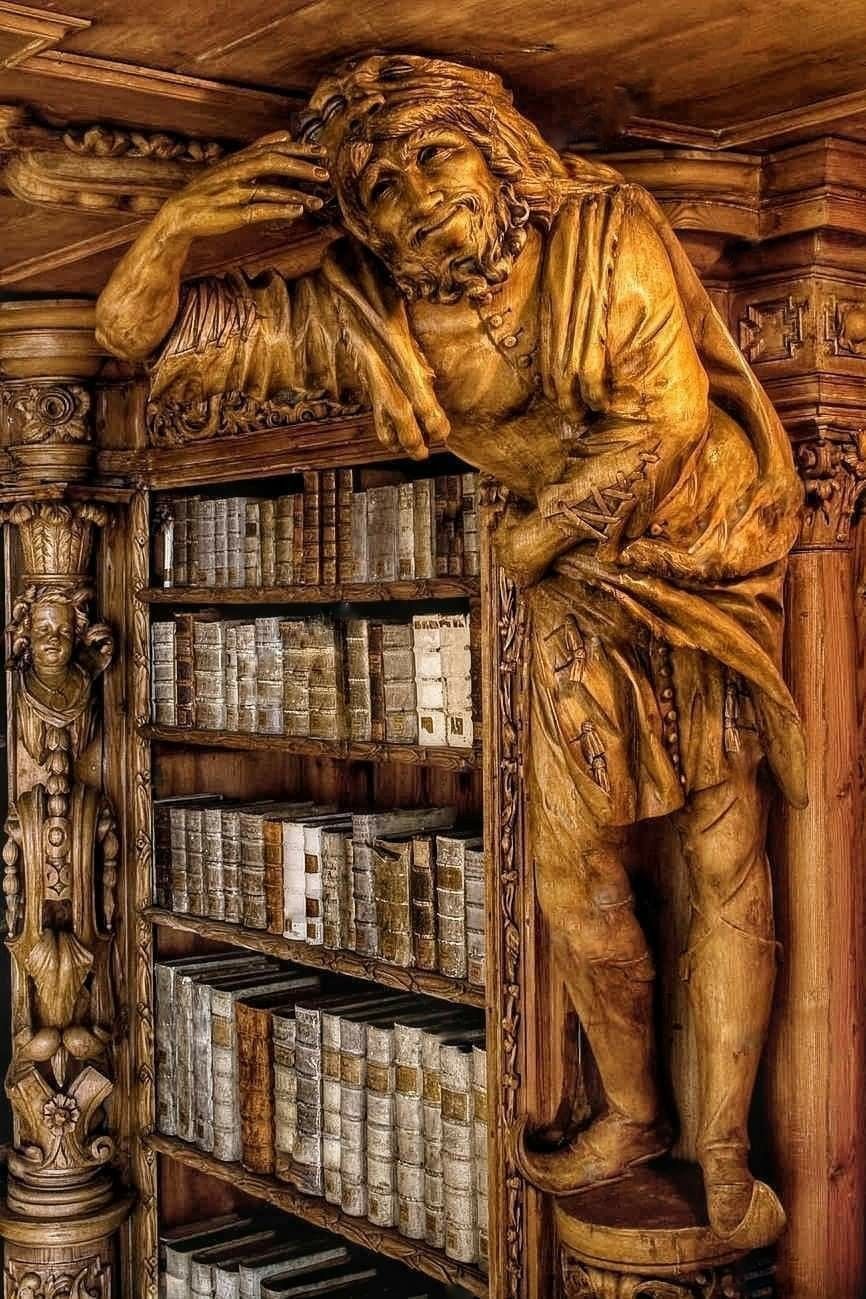
06. Built In The Abhaneri Village Of Rajasthan, India, It Is More Than 1,000 Years Old And Is 100 Feet Deep With 13 Floors And 3,500 Symmetrically Placed Thin Steps!
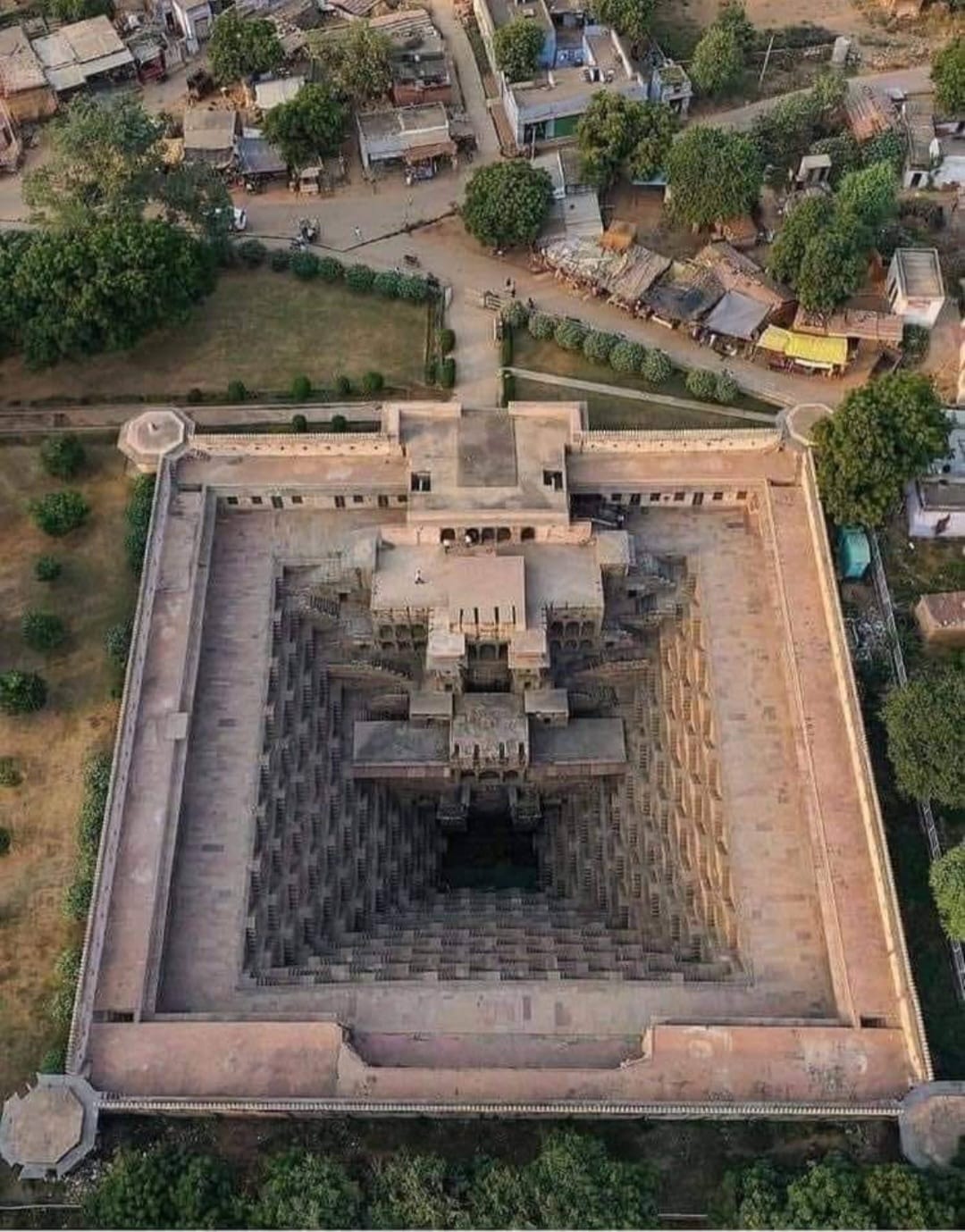
One of the world’s most significant and stunning stepwells is the Chand Baori. How is it possible without understanding geometry, mathematics, physics, and engineering?
07. The Ark (Узб. Ark, Перс. ارگ بخارا) Of Bukhara Is A Massive Fortress Located In The City Of Bukhara, Uzbekistan . 5 -20 Centuries

Nevitsky Castle – Невицкий Замок
08. Templo De Los Guerreros, Chichén Itzá

México a través de una lente
09. Castle Runkelstein/Roncolo Dates Back To The 13th Century
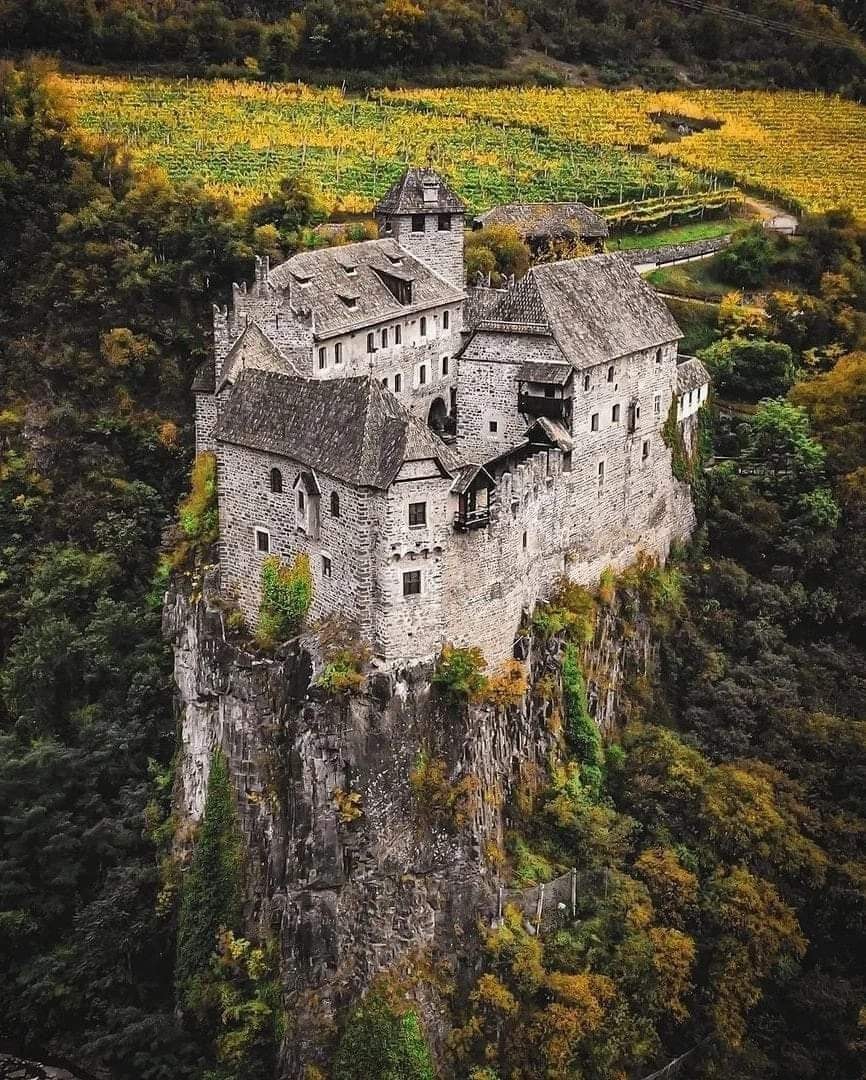
10. Terrace Houses In Ephesus
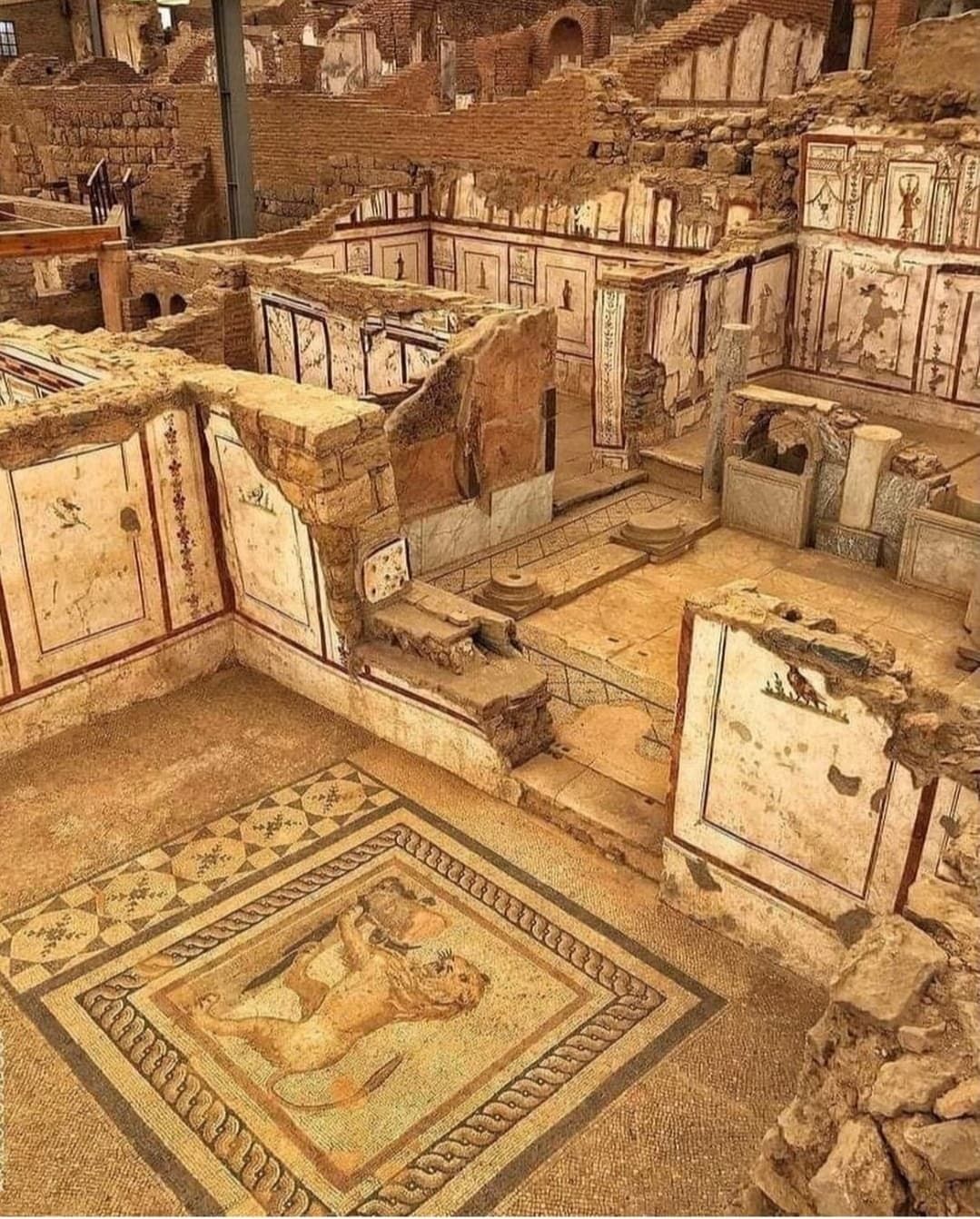
Farazx Riazx
11. Chepstow Castle Sits Atop A Cliff Across The River Wye, Which Separates England And Wales
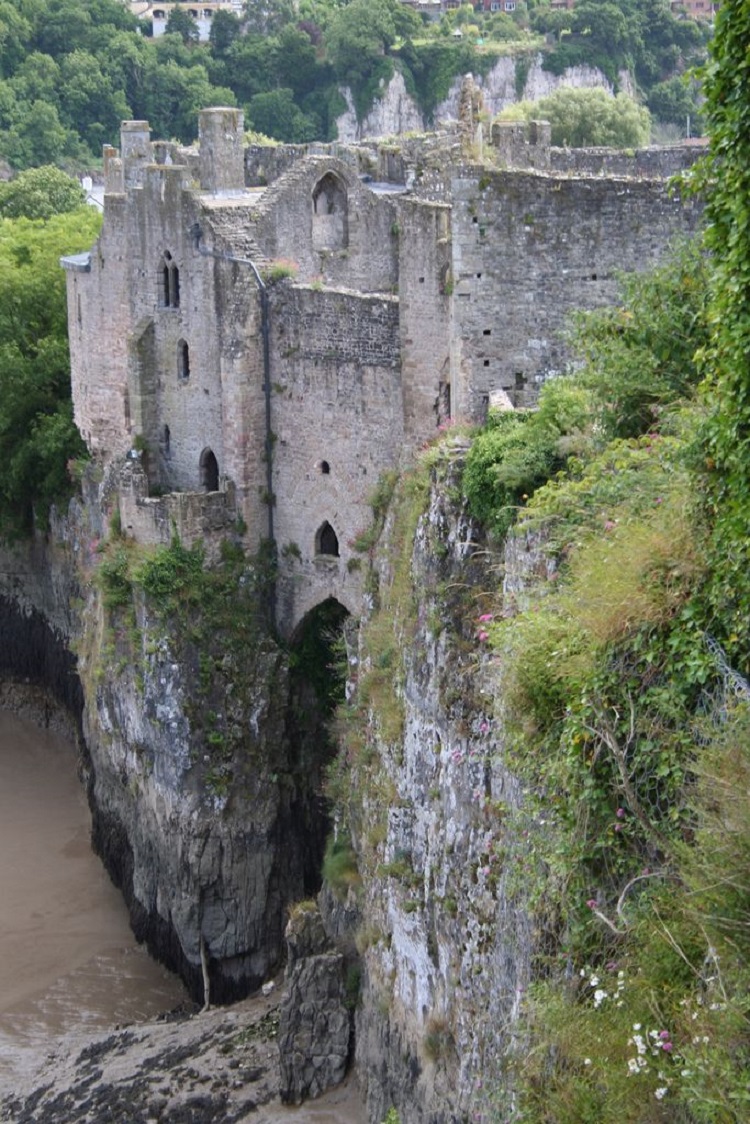
Renea Hawkins
12. Mycenaean Bronze Daggers, Inlaid With Gold And Silver. 16th Century BC
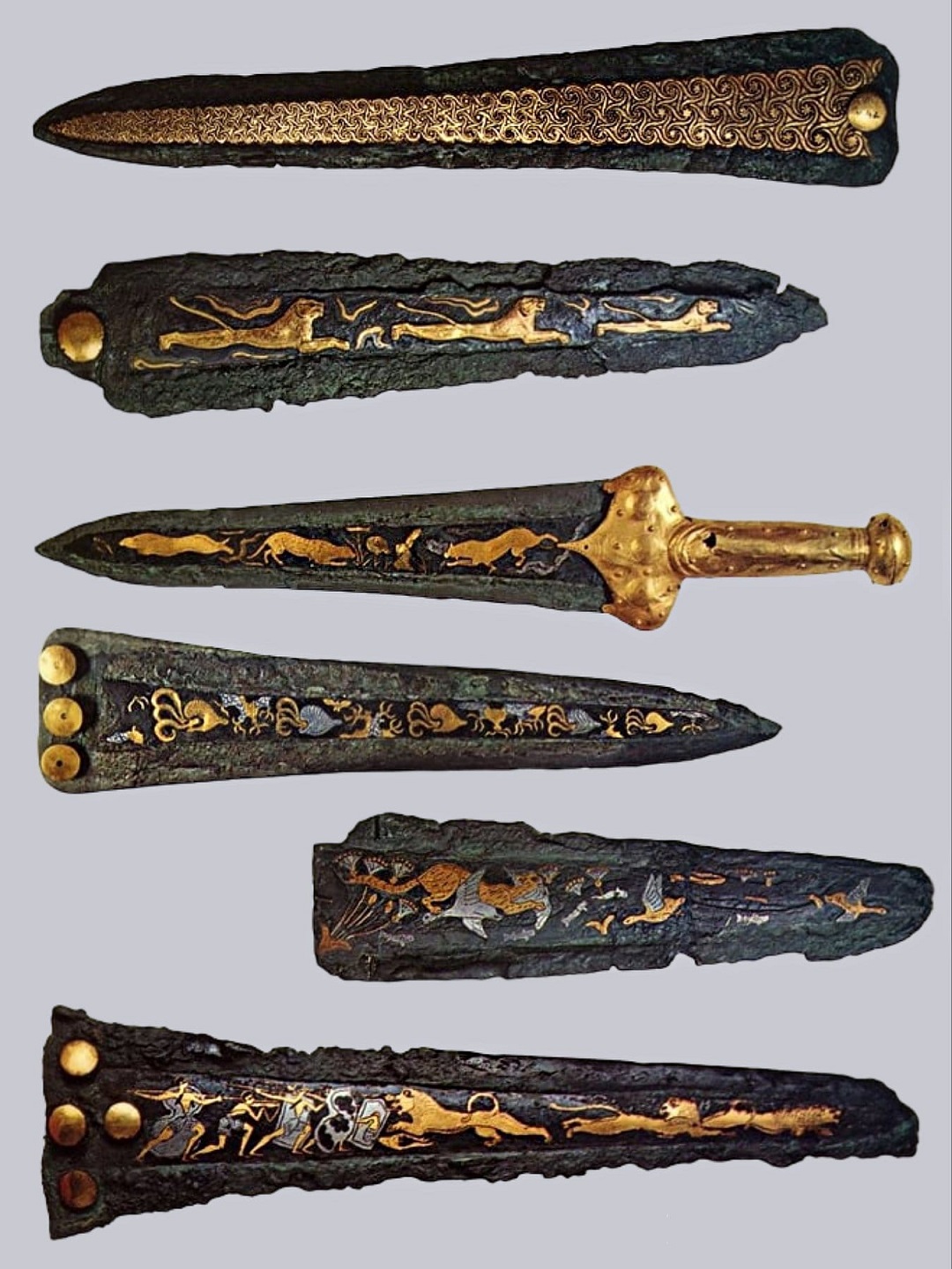
Archeology Aesthetic
13. Divers Shining Lights On A Head Of Serapis, Found In The Sunken Egyptian Coastal Town Of Canopus
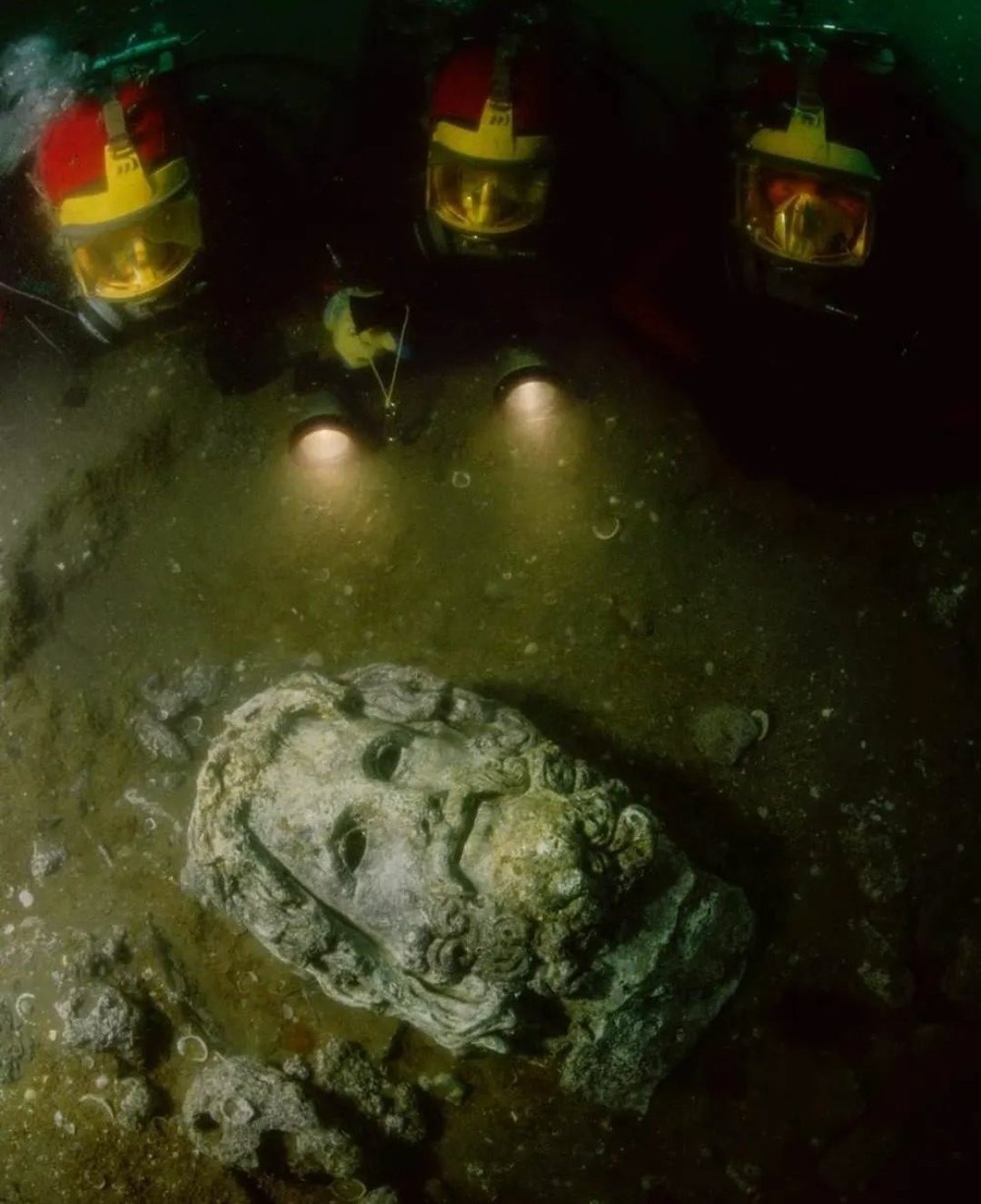
The entire statue was once over 4 meters tall and dates to circa 200 B.C.
14. Upper Lausitzian Library Of Sciences, 1779, Gorlitz, Germany
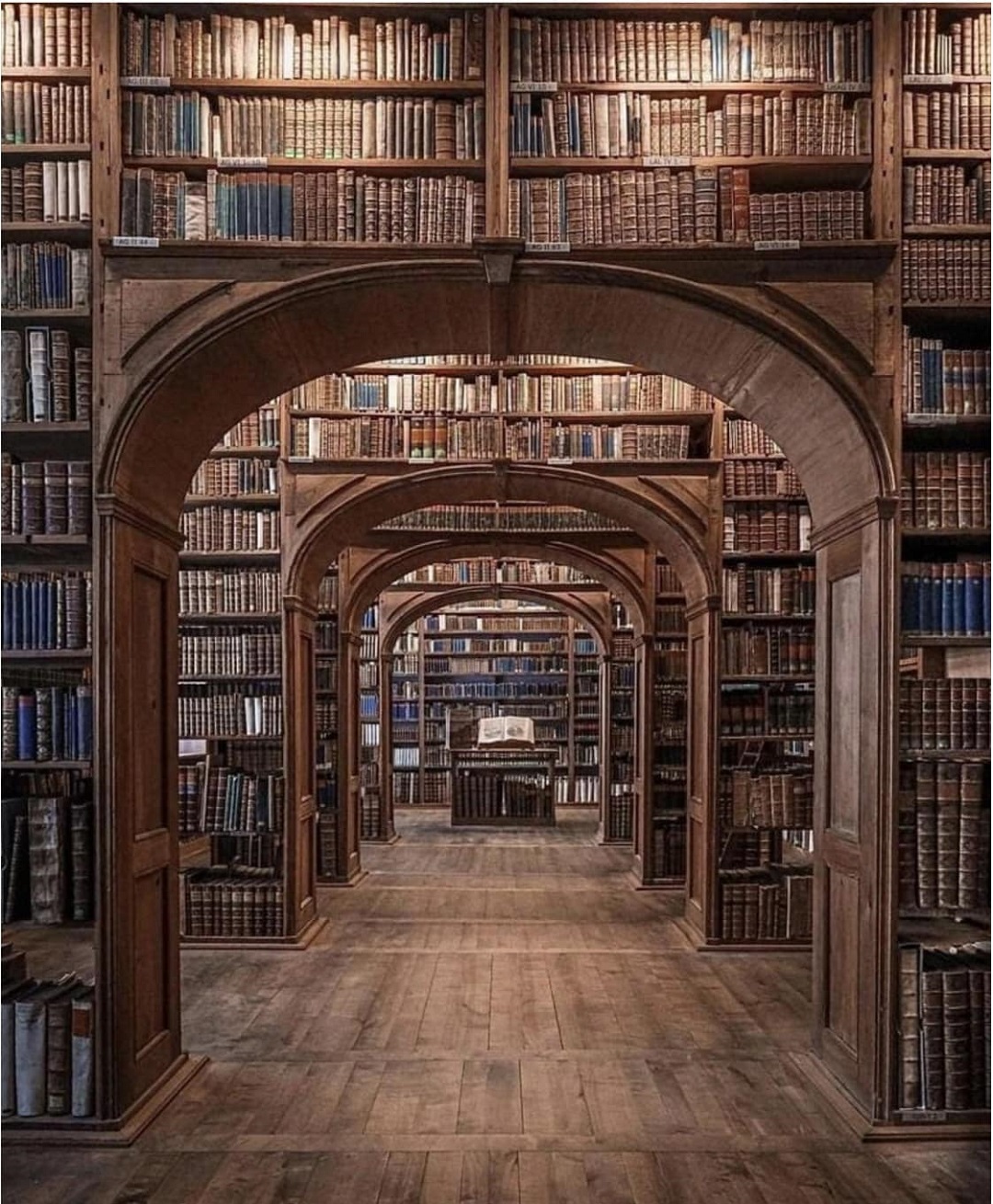
It is the region’s most important library containing about 150,000 volumes, making it the most extensive library in Görlitz and the area, revered for promoting knowledge sharing between Germany, Poland, and the Czech Republic.
15. The Largest Intact Ancient Mosaic In The World – Antakya, Türkiye
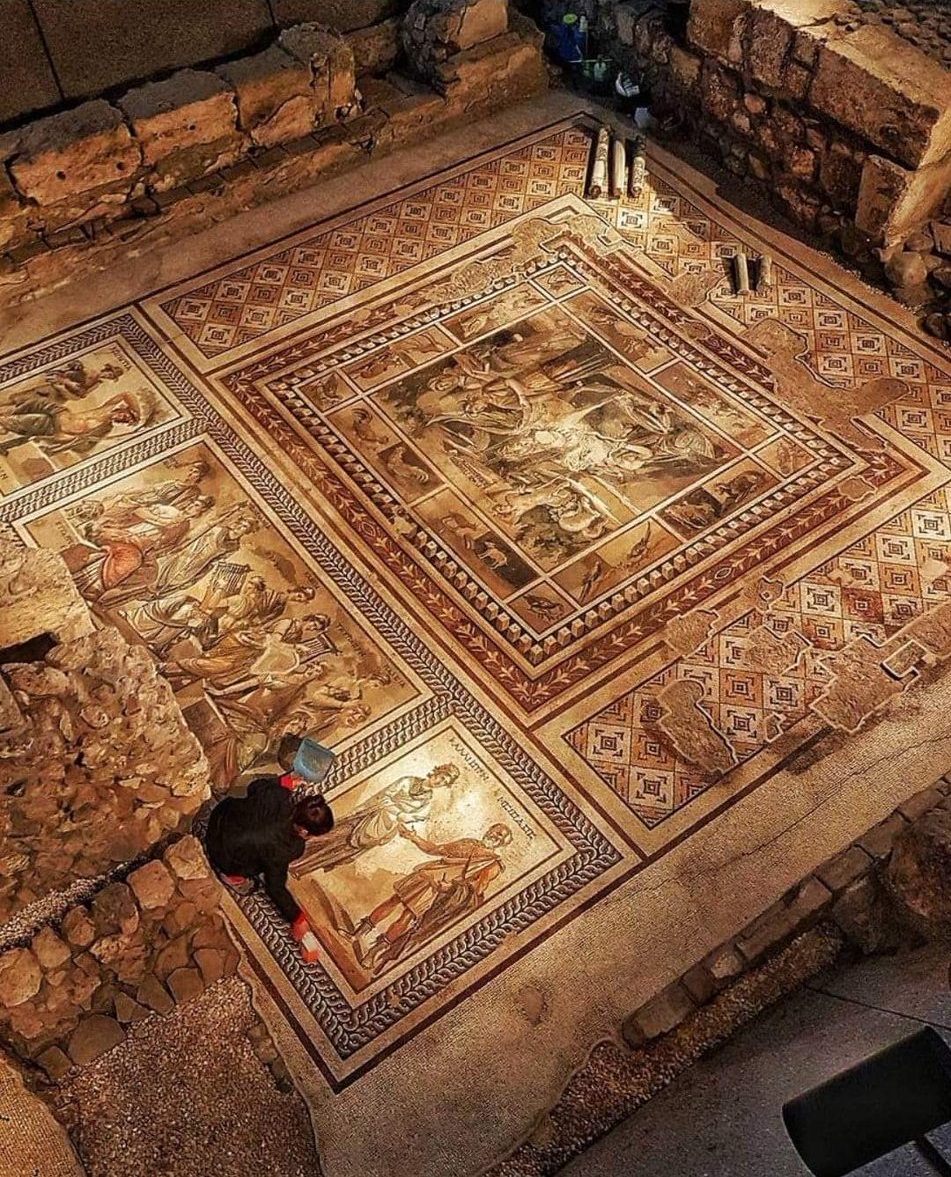
Moni Jovel
16. A Fayum Portrait Of A Little Girl From Hawara, Egypt, 1st Century Bc. Discovered With The Mummy Of Demos, Who May Have Been The Child’s Mother. Egyptian Museum, Cairo
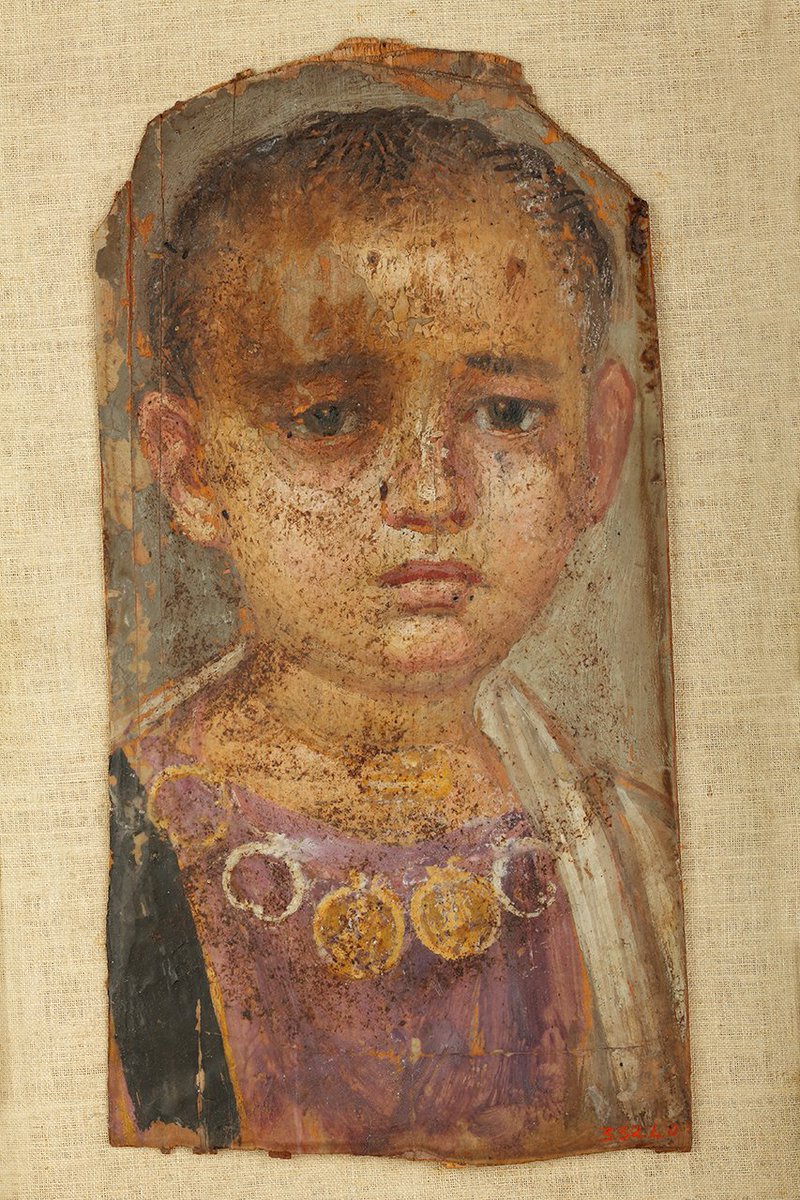
Hi/storia
17. Bodiam Castle, England
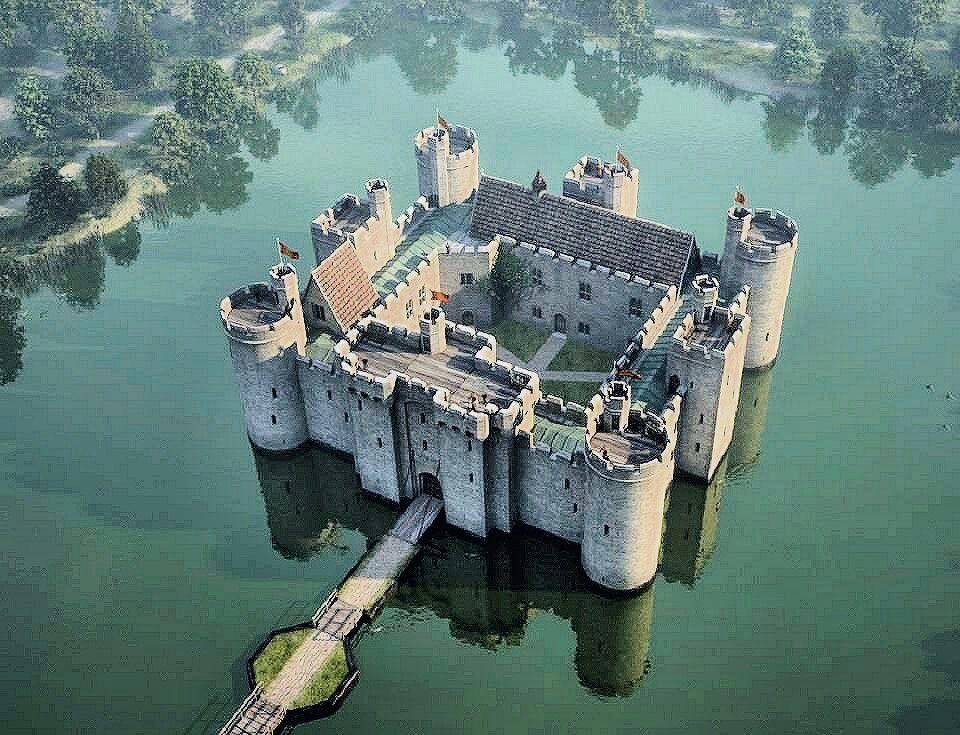
18. This Building, Known As The Treasury, Is One Of A Series Of Buildings In Petra That Was Built By The Nabateans, Who Followed A Pagan Religion And Were Closely Linked To The People Of Thamud. They Were Renowned For Their Elaborate Skill Of Carving Into Rocks
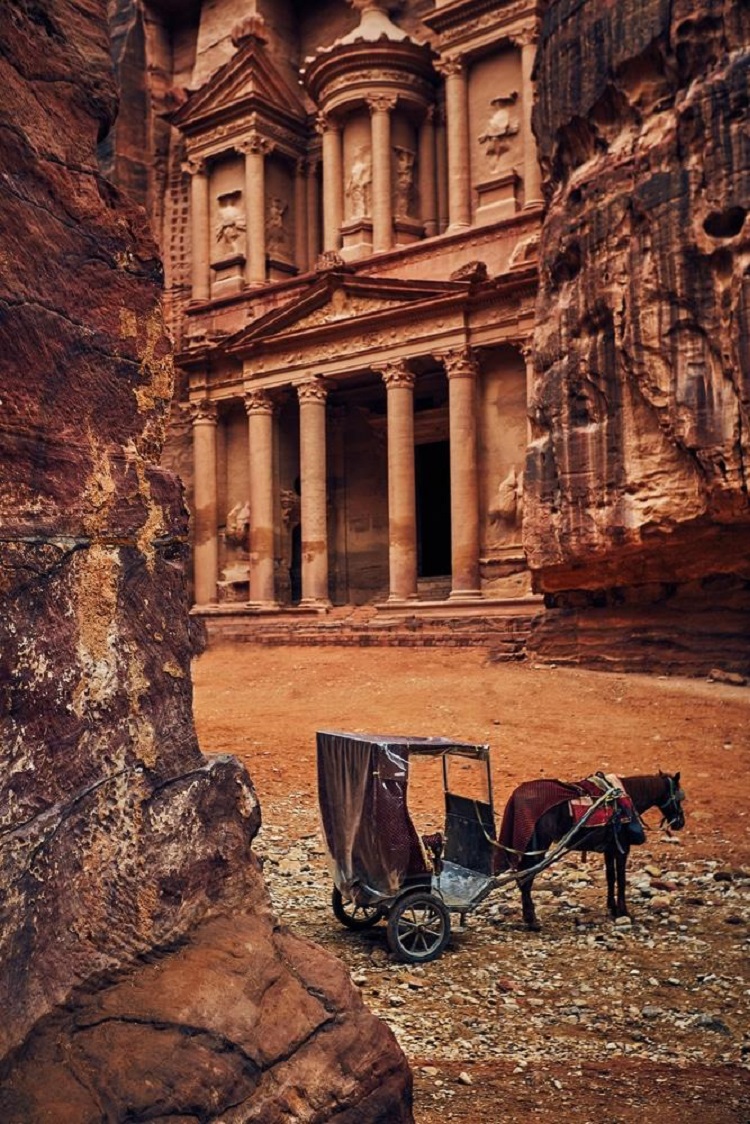
Eliza Mota
19. Bird Perfume Bottle With Stopper, 1880-1890
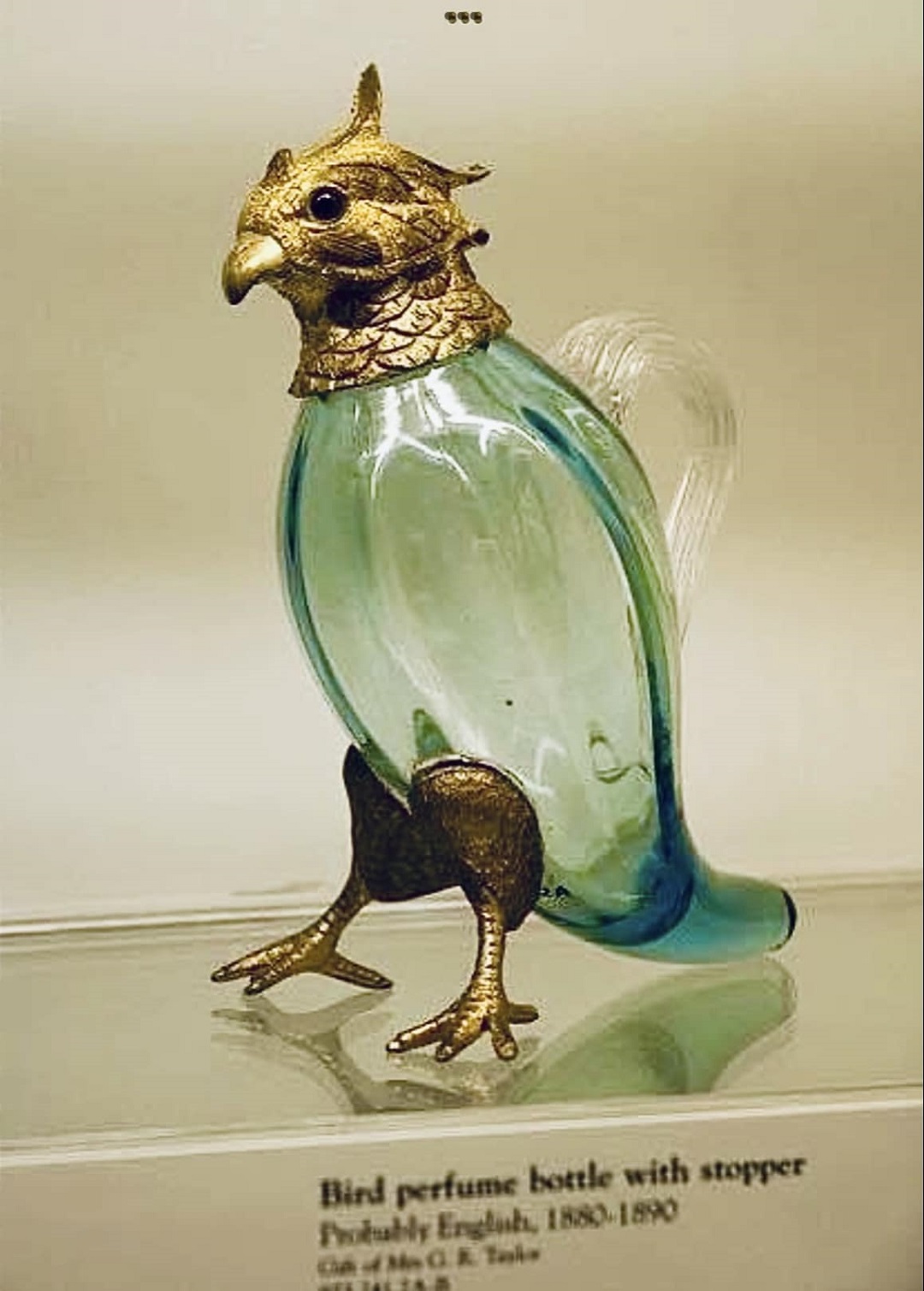
Royal Ontario Museum, Toronto
20. The Algerian City Of Sivar. The Eighth Wonder Of The World
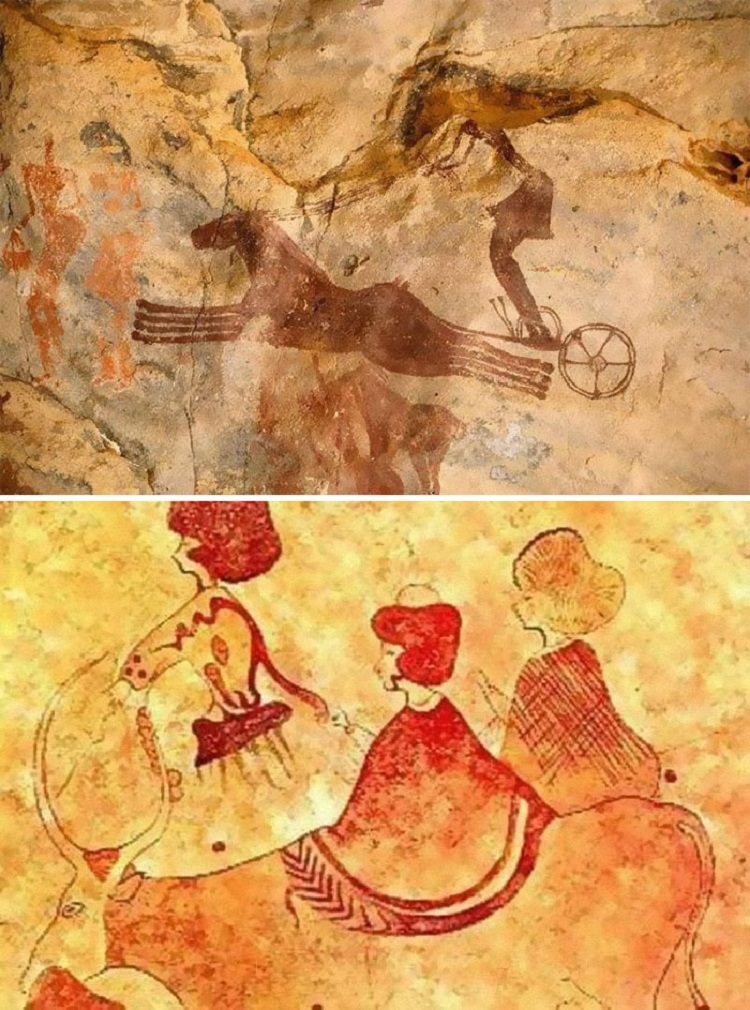
The oldest civilization in the world: The city of Sivar, also called the city of mystery and the eighth wonder of the world, is located in the “Tassili N’Ajer” series in the middle of the Djanet desert, southeastern Algeria.
The largest open-air museum includes drawings and engravings dating back more than 15,000 years, representing the oldest civilization in the world, and is registered with UNESCO.
21. Margravial Opera House. Bayreuth, Germany

The Margravial Opera House, one of the masterpieces of Baroque theater architecture, was built between 1745 and 1750. It was commissioned by Margravine Wilhelmine, wife of Frederick, Margrave of Brandenburg Bayreuth, by the famous theater architect Giuseppe Galli Bibiena.
22. Box Mirror With Head Of Athena (Lid), Greece 330–270 BC
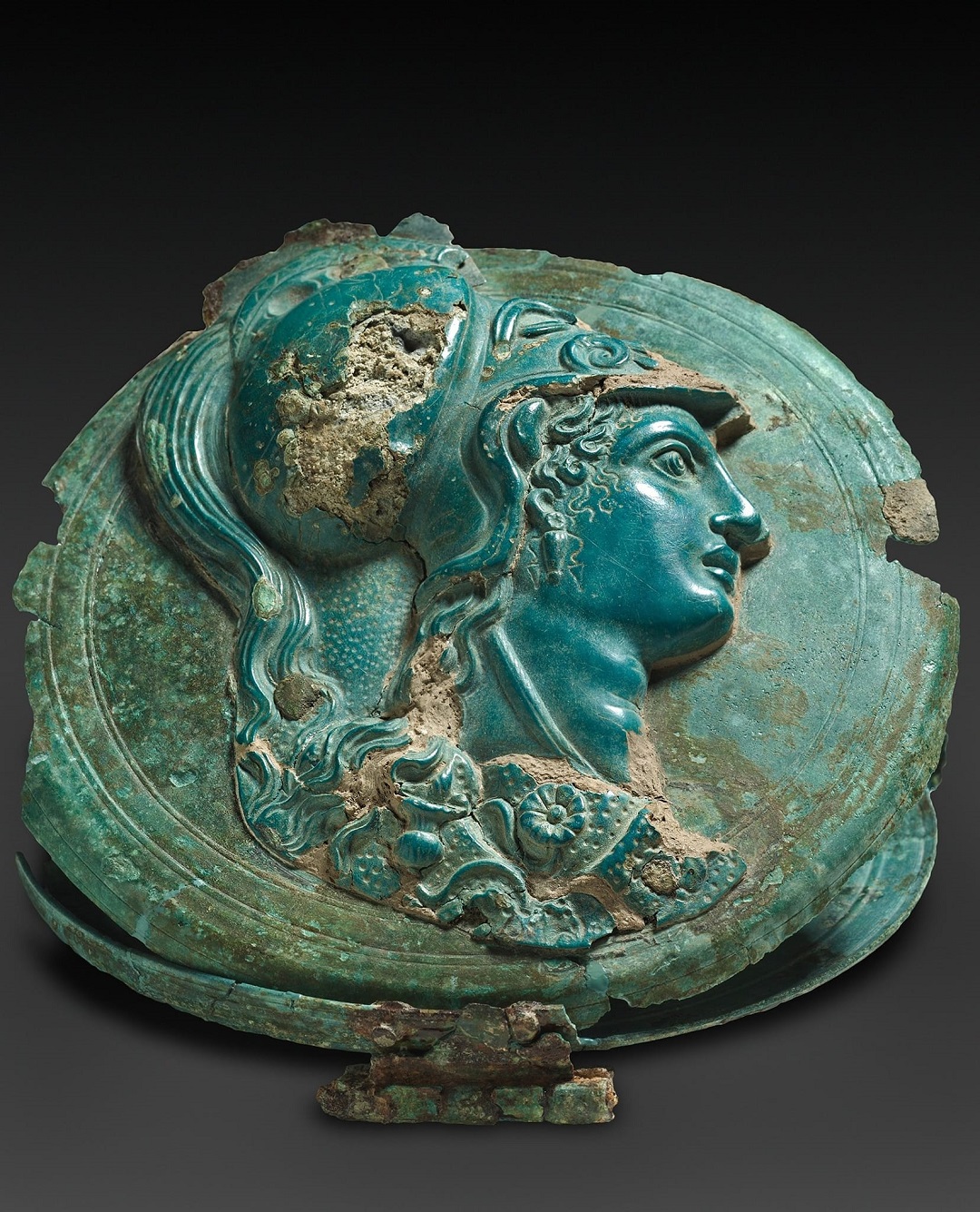
23. The Celsus Library, Ephesus
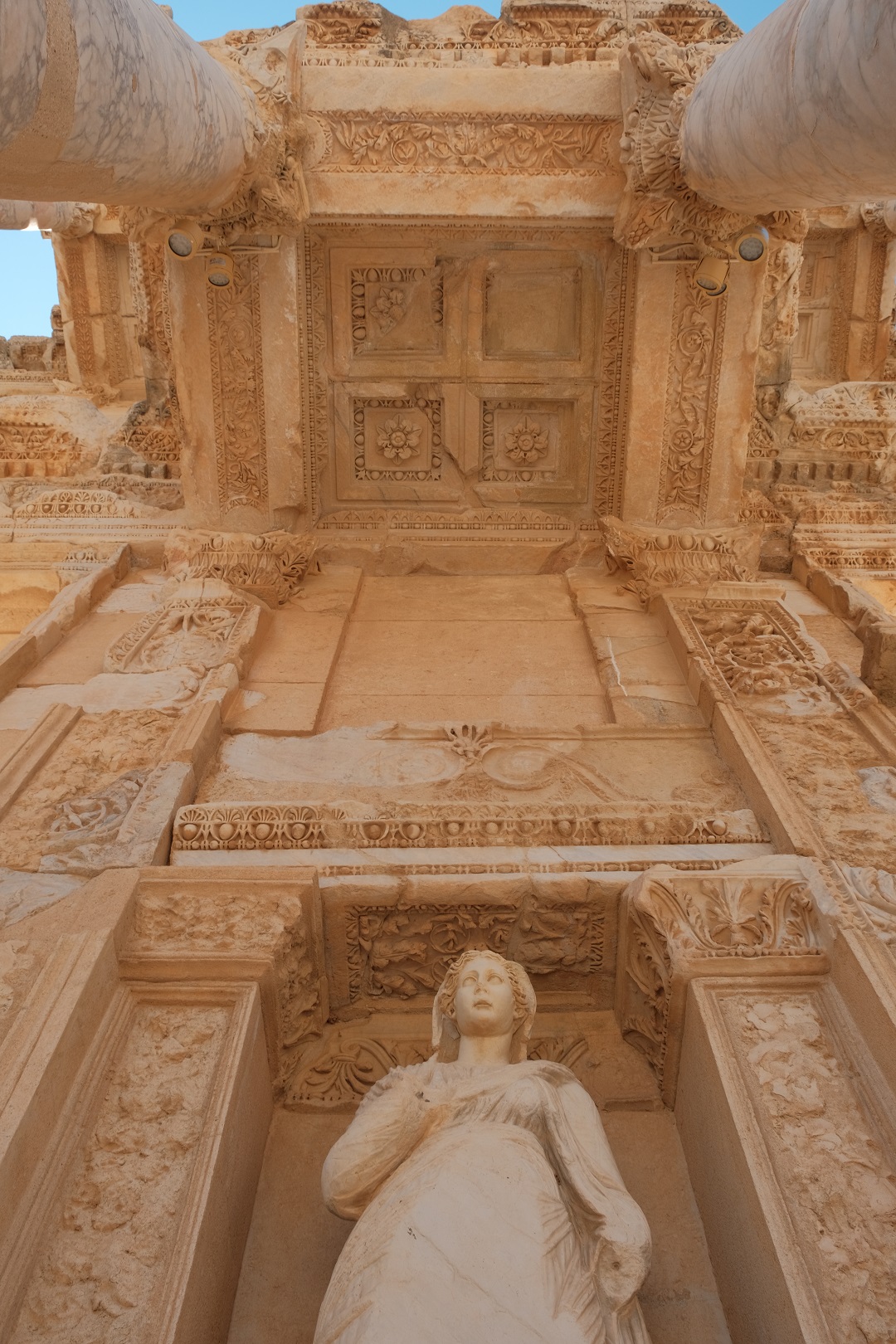
This is one of the most beautiful structures in Ephesus. It was built in 117 A.D. to store about 12,000 scrolls and to serve as a mausoleum for Tiberius Julius Celsus Polemaeanus (Roman proconsul of Ephesus).
The scrolls of the manuscripts were kept in cupboards in niches on the walls. There were double walls behind the bookcases to prevent them from the extremes of temperature and humidity.
The capacity of the library was more than 12,000 scrolls. It was the third wealthiest library in ancient times after Alexandria and Pergamum.
The library’s facade has two levels, with Corinthian-style columns on the ground floor and three entrances to the building. There are three window openings on the upper floor.
The library’s interior was supposedly destroyed by an earthquake in 262 A.D. (though other evidence points to a fire during a Gothic invasion that same year). The statues in the niches of the columns today are copies of the originals. The figures symbolize wisdom (Sophia), knowledge (Episteme), intelligence (Ennoia), and valor (Arete).
24. The Grottoes And Niches Of Longmen Contain The Largest And Most Impressive Collection Of Chinese Art Of The Late Northern Wei And Tang Dynasties (316-907)
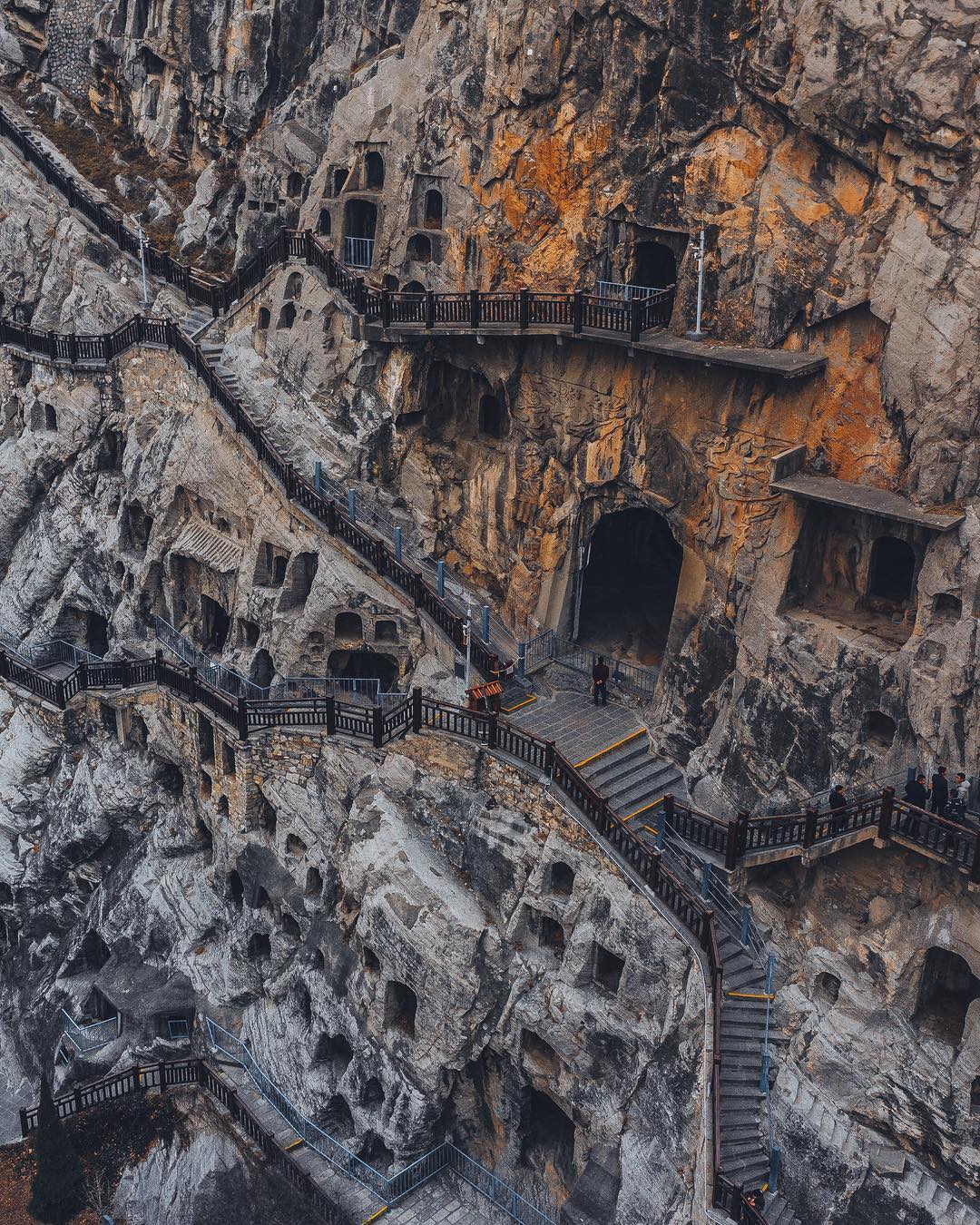
These works, entirely devoted to the Buddhist religion, represent the high point of Chinese stone carving.
25. The Koutoubia Mosque Is A Cultural, Religious, And Symbolic Landmark For Marrakesh And The Kingdom Of Morocco
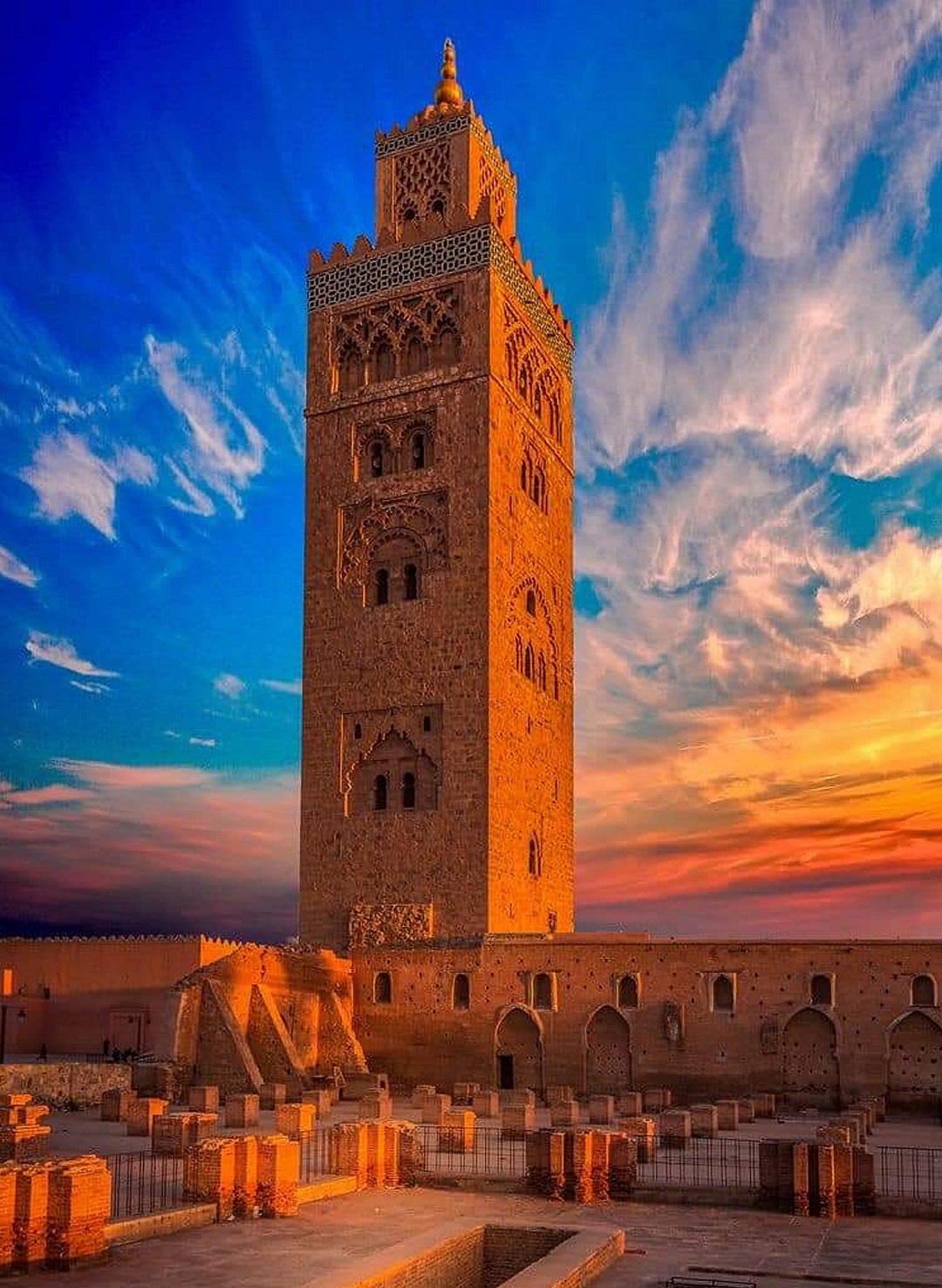
The mosque was first built in 1147 during the reign of the Almohad caliph Abd al-Mumin, who completely rebuilt it in 1158. As for the minaret, its construction was completed in 1195 during the reign of the Almohad caliph Yaqub al-Mansur. The mosque was registered in the UNESCO World Heritage List in 1985 as part of the city of Marrakesh.
26. The Spanish Synagogue Is The Most Recent Synagogue In The Prague Jewish Town
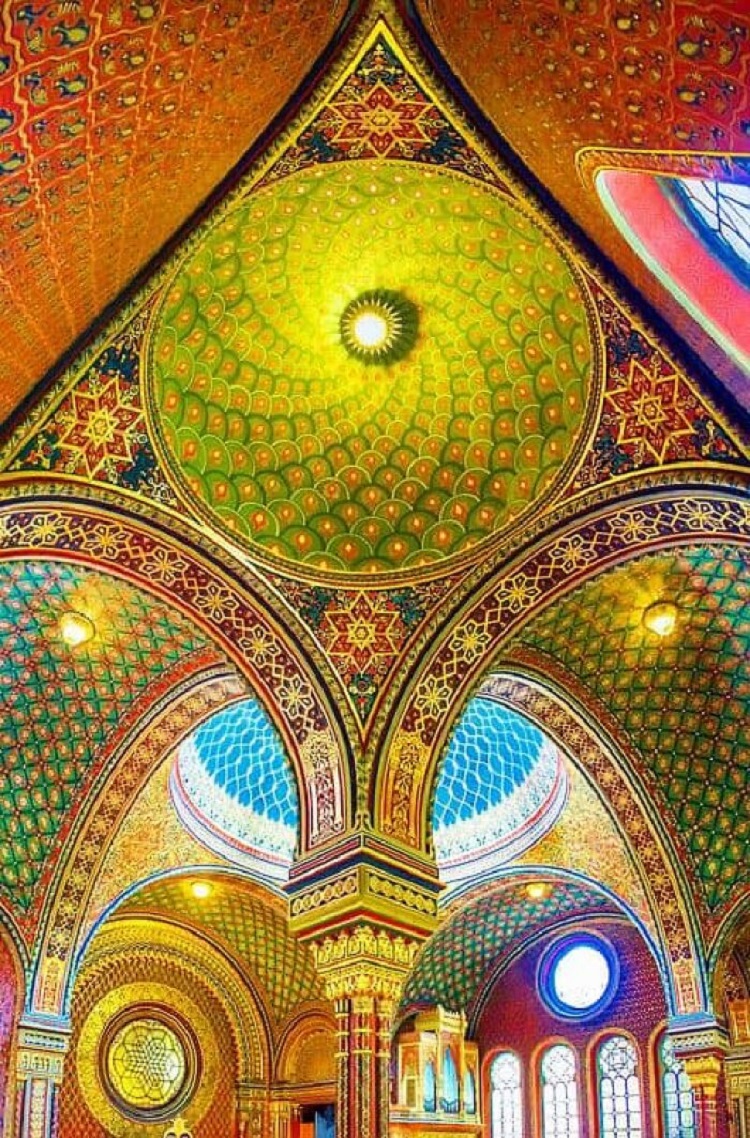
It was built in 1868 for the local Reform congregation on the site of the 12th-century Altschul, the oldest Synagogue in the Prague ghetto. It was called the Spanish Synagogue for its impressive Moorish interior design, influenced by the famous Alhambra. Josef Niklas and Jan Bělský designed the building, the remarkable interior (from 1882–83) by Antonín Baum and Bedřich Münzberger.
27. This Enormous Underground City That Once Housed 20,000 People Was Accidentally Discovered By A Man After Knocking Down A Wall In His Basement

When archaeologists later arrived at the site, they revealed that the city was 18 stories deep and had everything needed for underground life, including schools, chapels, and stables.
28. Architecture Of Sun Temple
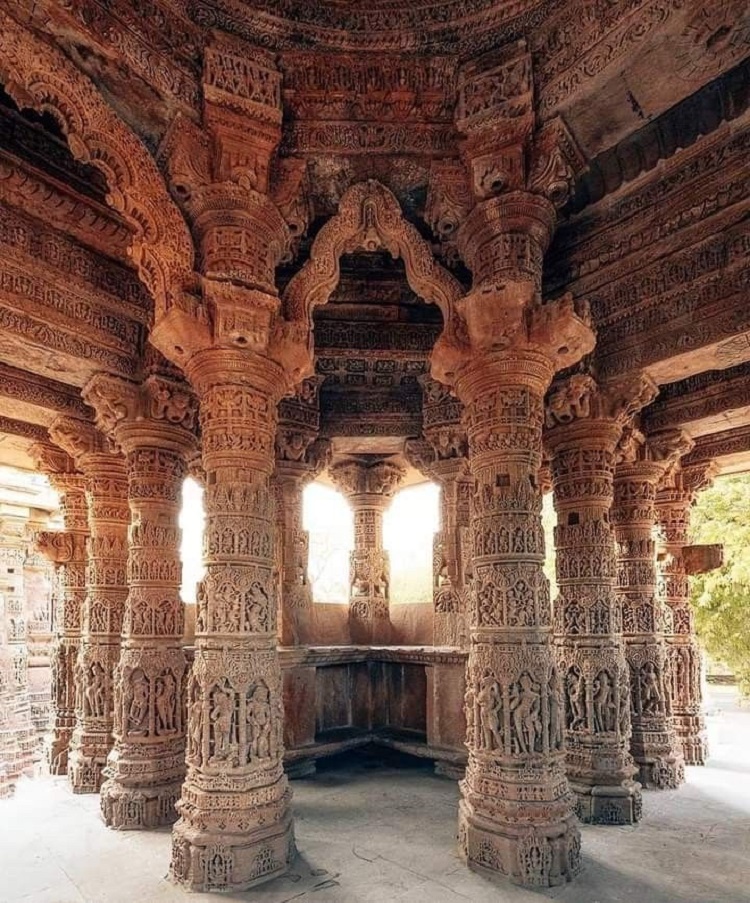
29. Fossilized Footprints Found In White Sands National Park
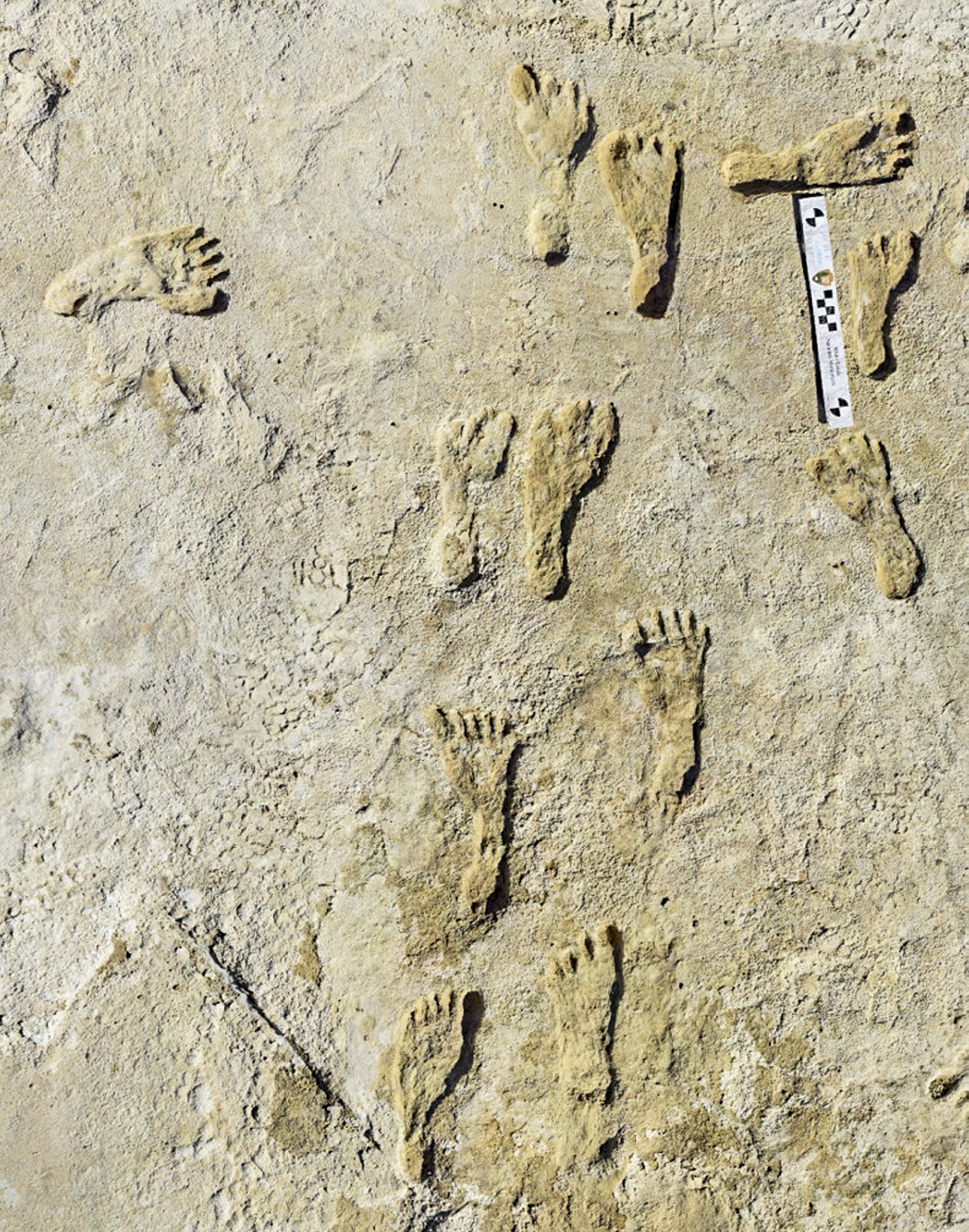
A multidisciplinary team of scientists recently announced the discovery of the oldest human footprints in North America. These fossilized prints were made between 23,000 and 21,000 years ago along the shores of an ice age lake that once filled the Tularosa Basin in south-central New Mexico, in what is now White Sands National Park. The footprints were formed when ancient peoples walked over damp, sandy ground surrounding the former lake.
Over time, sediment filled the footprints as the ground hardened, fossilizing the prints. Recently, erosion has resurfaced the images, making them visible to the naked eye. Researchers could carbon date the prints by testing the sediment, with the oldest set being 22,800 years old. This finding fundamentally changes the timeline of North American human habitation – turning back the clock of human arrival in the Americas nearly 10,000 years.
30. Leadenhall Market, 14th Century, Gracechurch Street, London, UK
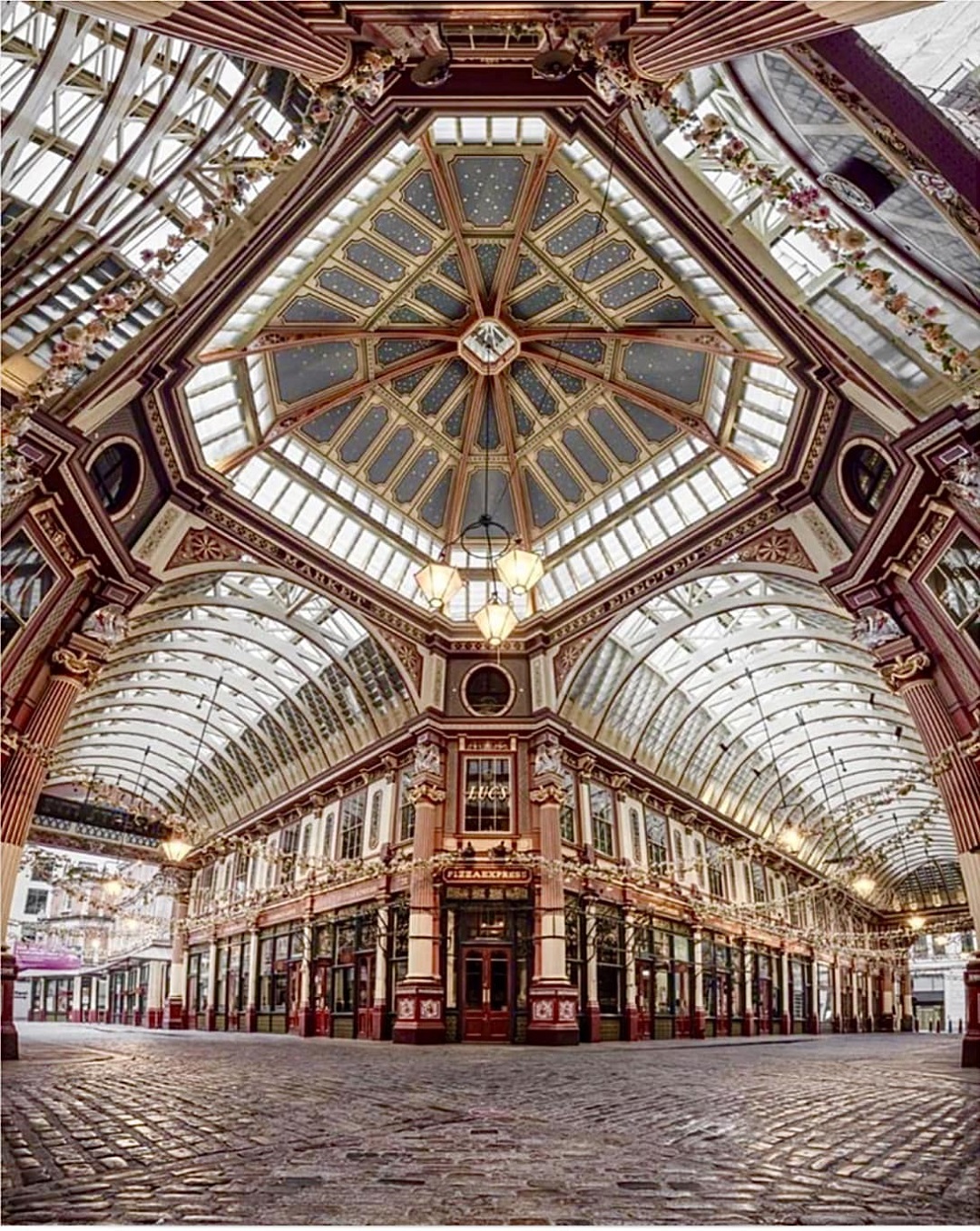
It is a covered market and one of the oldest markets in London, located in the historic center of the City of London financial district.
31. Hajmasker Castle, Hungary, Abandoned

32. The Norias Of Hama Are A Group Of Large Water Wheels Located Along The Orontes River In The City Of Hama, Syria
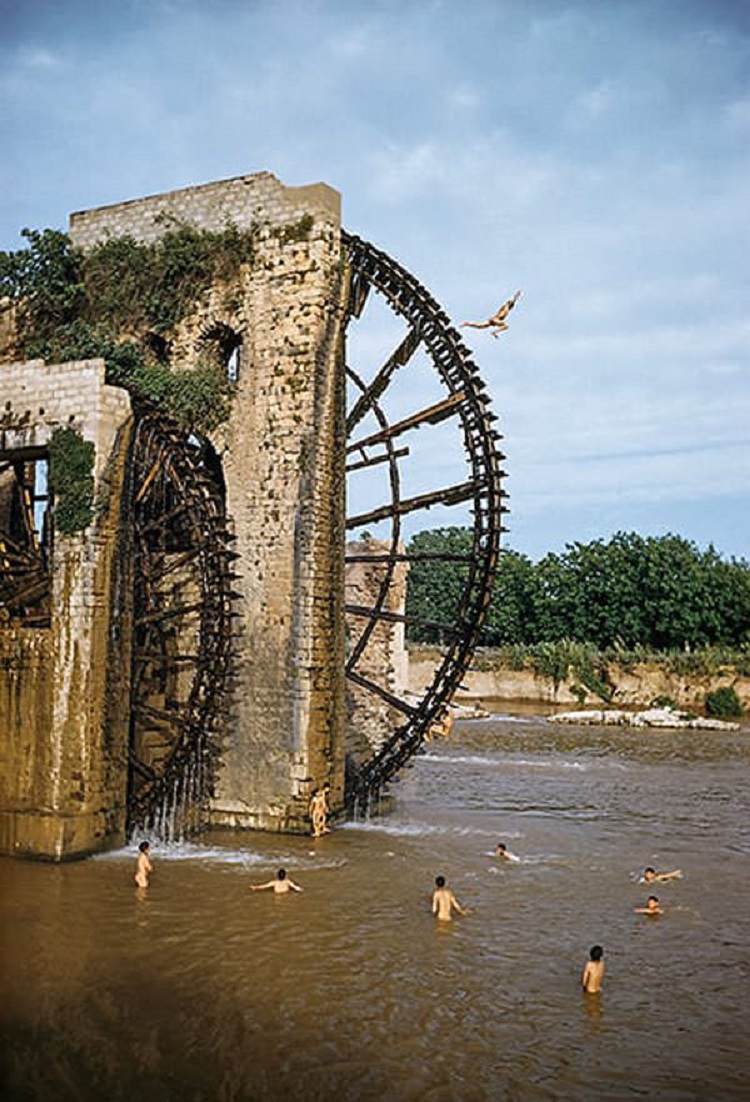
These wheels are also known as “Hama wheels” or “Hama Norias” and are considered one of the most impressive examples of traditional water-raising technology.
The Norias of Hama were constructed during the medieval period, likely in the 14th or 15th Century, although some estimates suggest they may be even older. The wheels were used to lift water from the river to nearby aqueducts and irrigation systems, which were used to water crops and provide drinking water for the people of Hama.
33. Mahishasura Mardini: 12th Century Kedareshwara Temple Halebidu
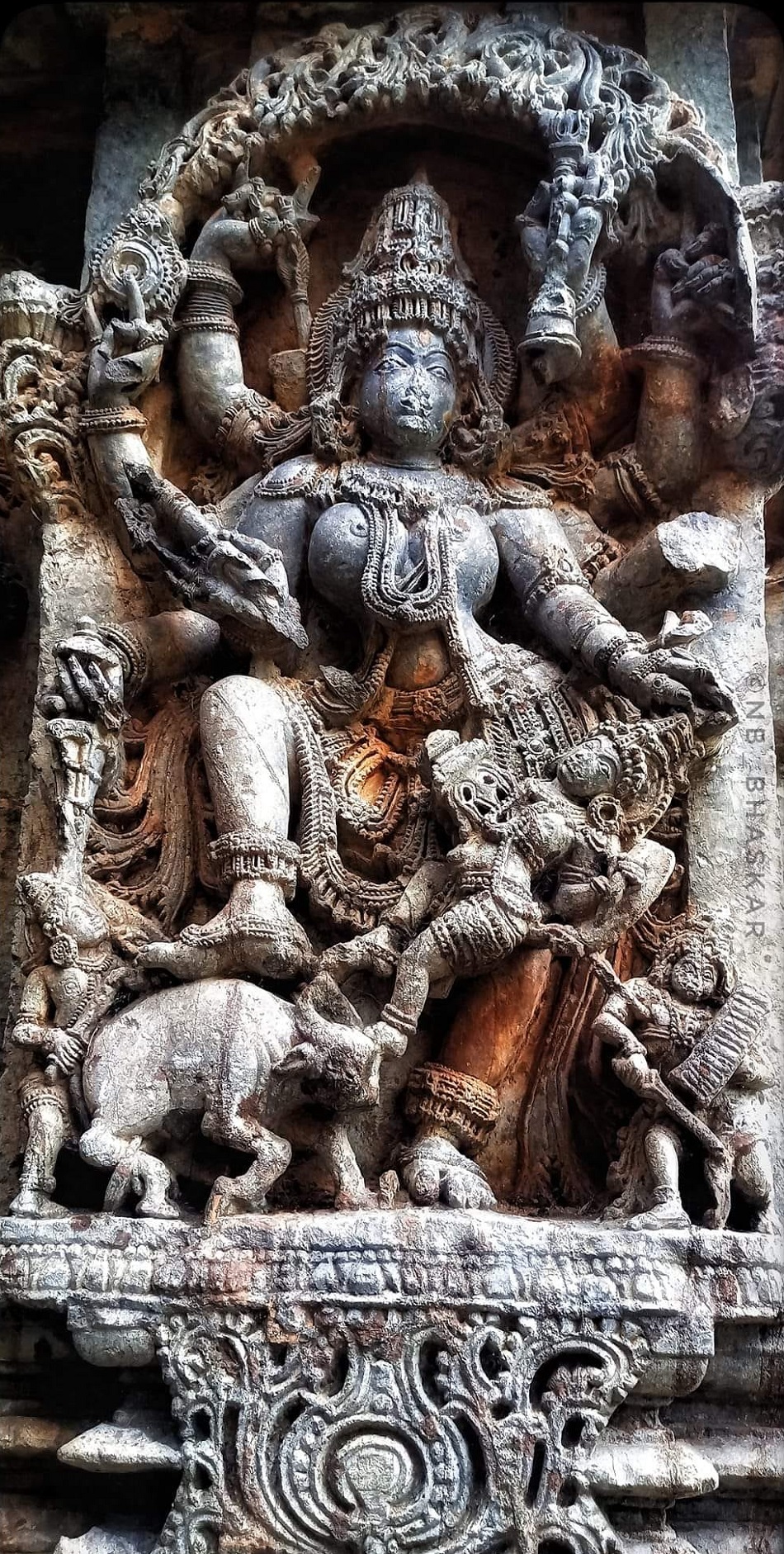
34. Part Of The Aphrodite Statue Re-Emerges After More Than Two Millennia In The Ancient City Of Aizanoi, Greece
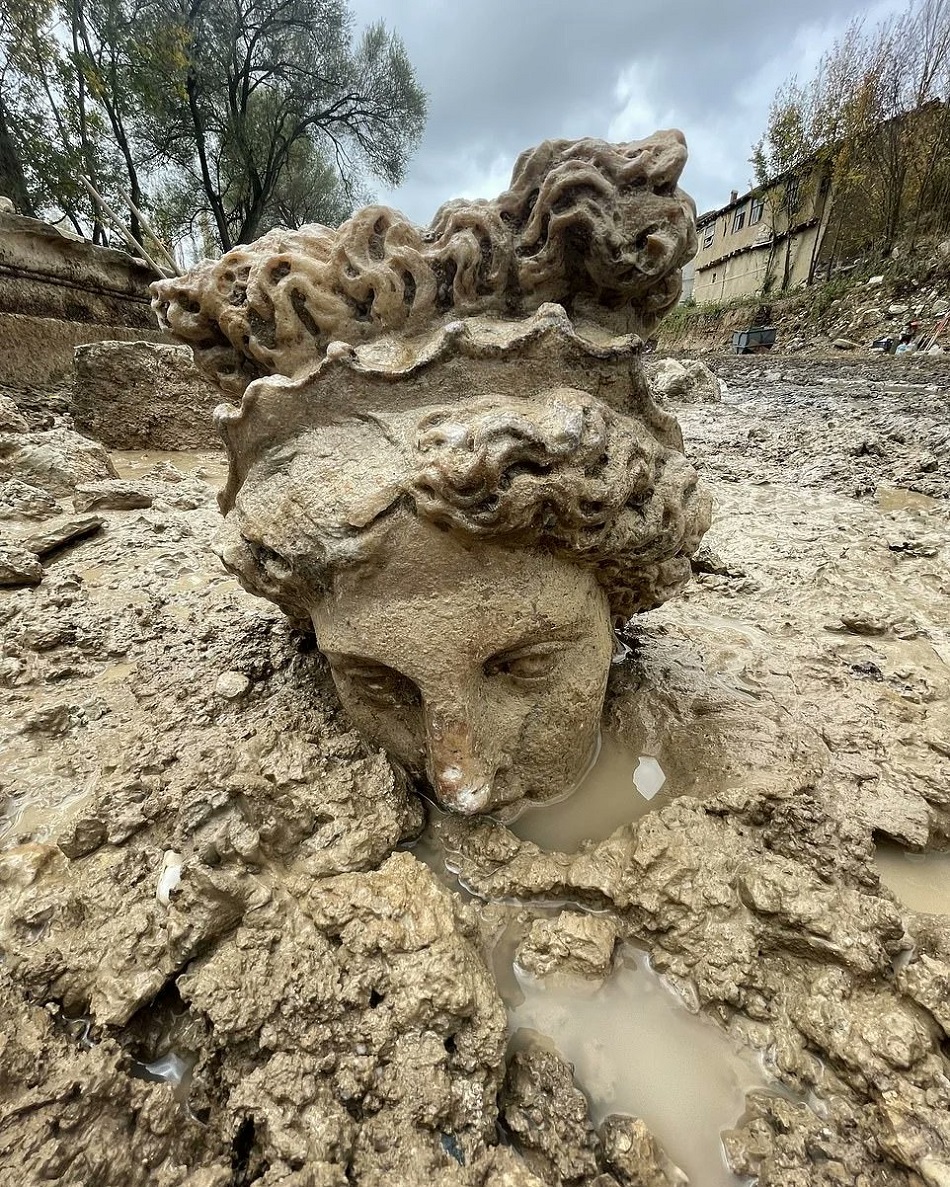
35 Northern Gate To The Bayon Temple Complex, With 4 Giant Faces. Cambodia, Khmer Empire, 12th-13th Century

36. Chinese 700 Years Old Chang Kong Cliff Hiking Path
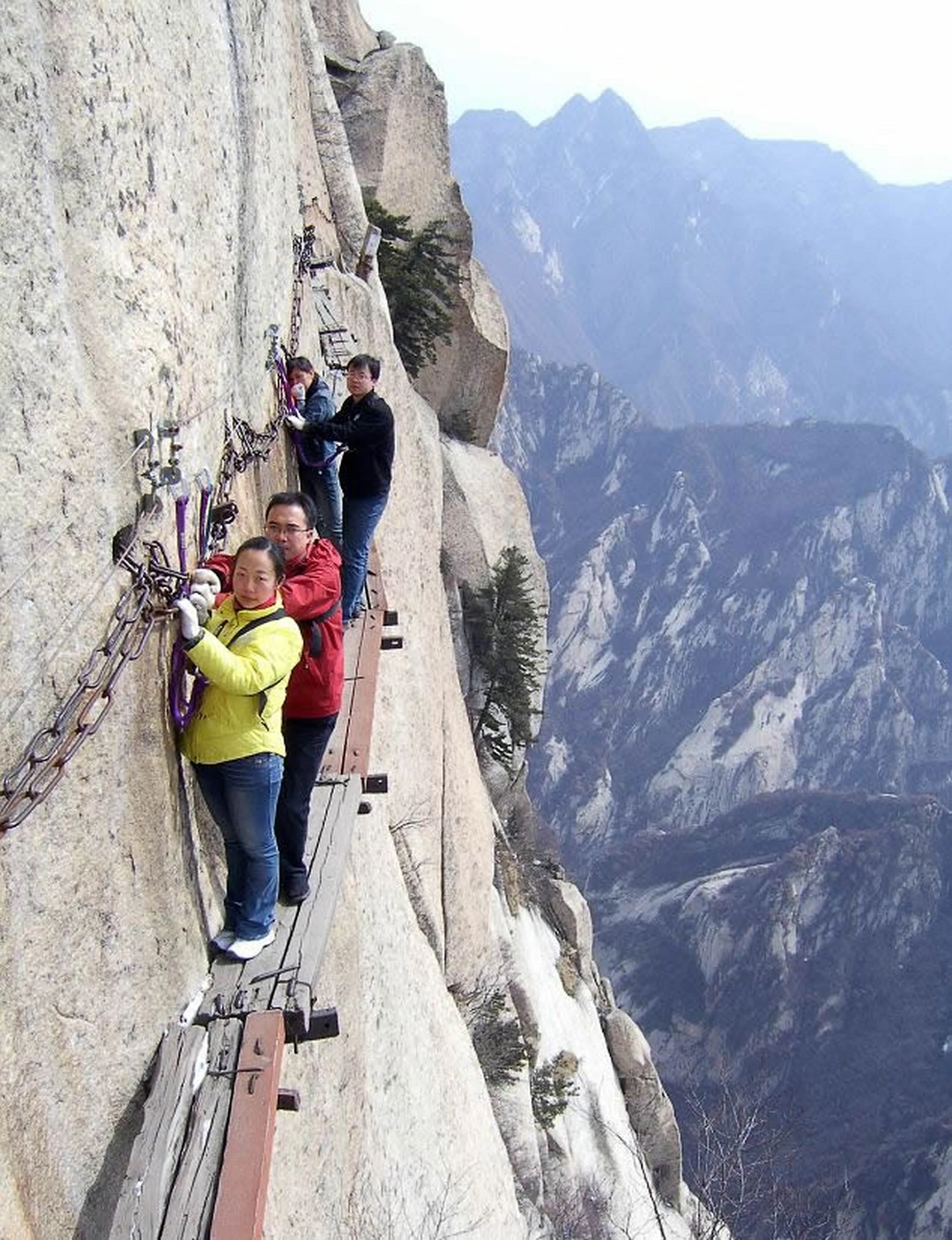
The Cliff Road is believed to have been created in the 13th Century, during the Yuan Dynasty, by followers of He Zhizhen, the first master of the Mount Hua Sect of Taoism…
37. Athens, Greece A Caryatid Is A Sculpted Female Sculptural Figure Used As A Pillar, Serving As An Architectural Support. The Greek Term Karyatides Comes From An Ancient Town In The Peloponnese, Meaning “Daughters Of Karyai”
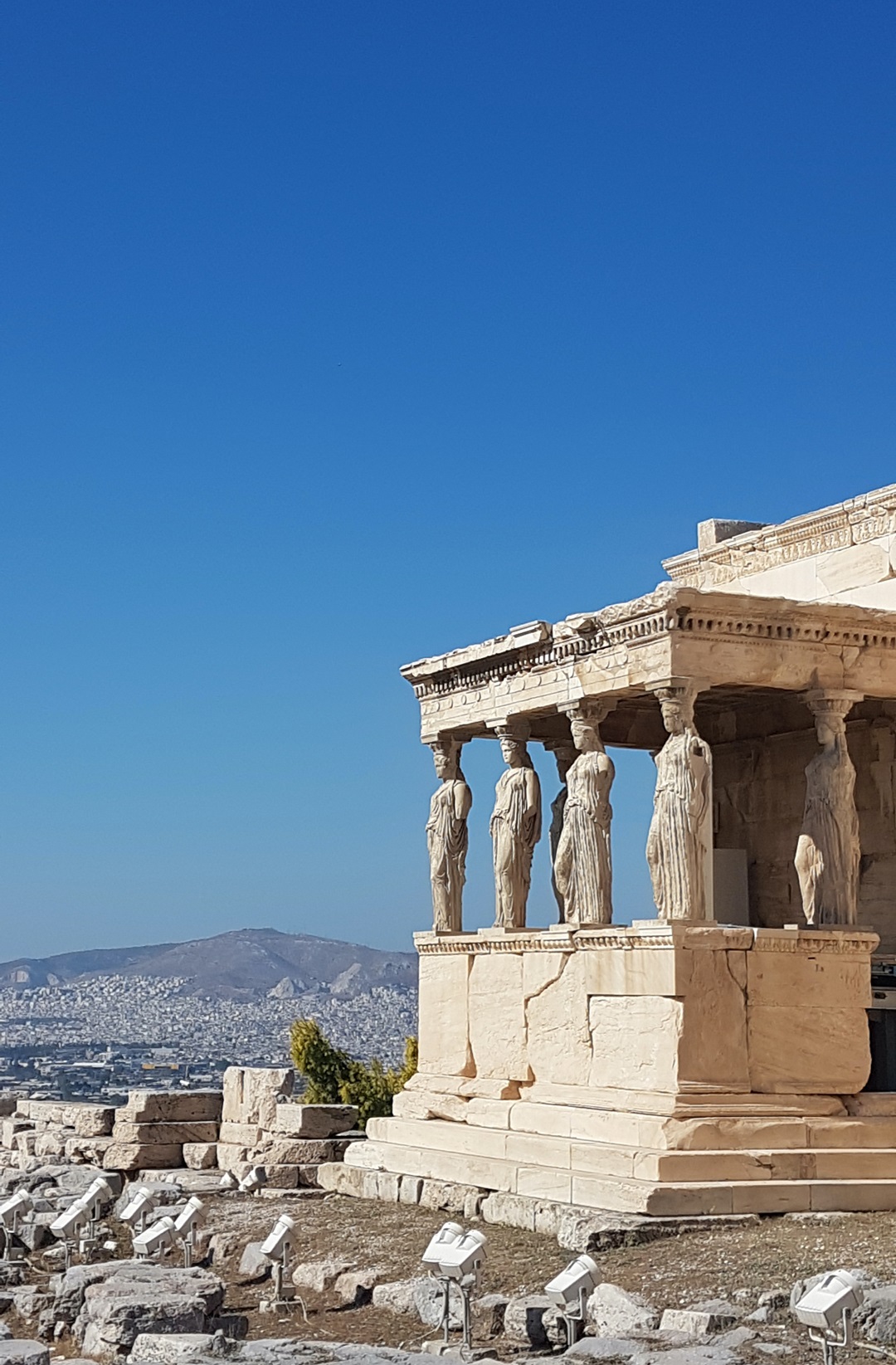
History Archeology and ArtWorks
38. The Medieval Church Of St Mary’s Stands In The Centre Of Barnard Castle, A Few Steps From The Iconic Market Cross That Is The Signature Building Of This Attractive Market Town In Upper Teesdale

St Mary’s was founded around AD 1130 by Bernard de Balliol, who rebuilt the nearby castle begun by his father.
39. A Three-Fold Bed Found In Tutankhamun’s Tomb In The Valley Of The Kings, Luxor, Egypt. It’s Believed To Be The First Of Its Kind, And Highly Sophisticated For Its Time. The Bed Folded Up Into A Z-Shape, Making It Compact And Easy To Transport
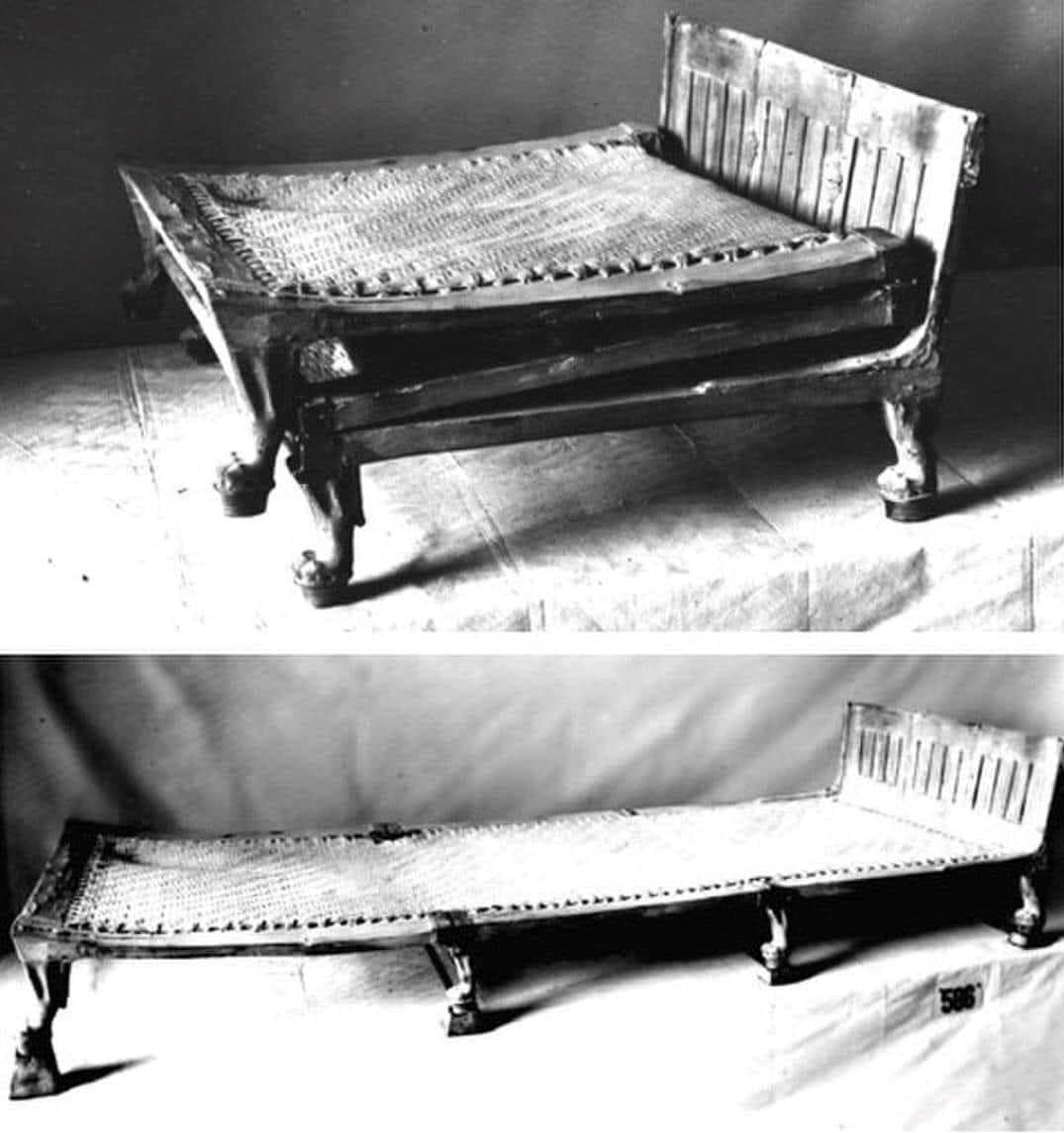
40. Statue Of Athene (“The Peiraeus Athena”). Medium: Bronze. Date: 340—330 Bce. Athens, Archaeological Museum Of Piraeus
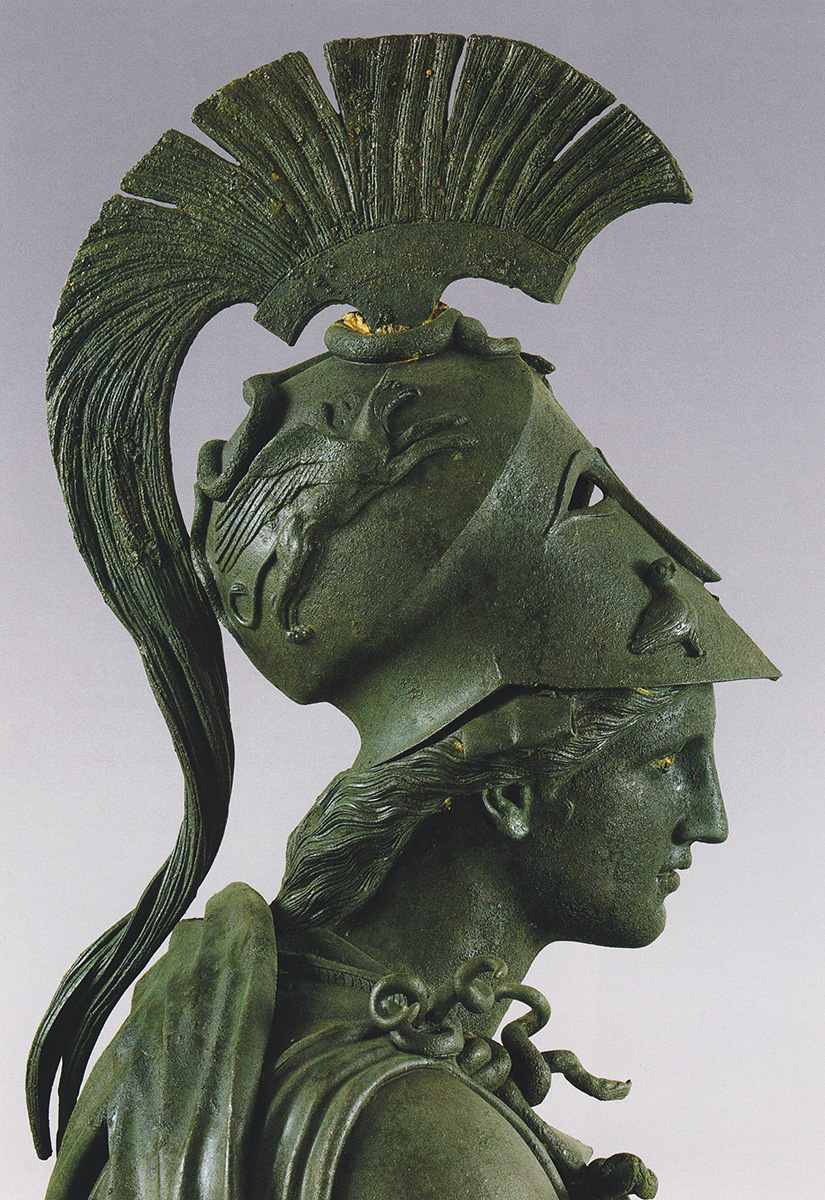
41. About 2000-2200 Years Old Sculpture Of Mermaid Material: Terracotta West Bengal Bharat (India)
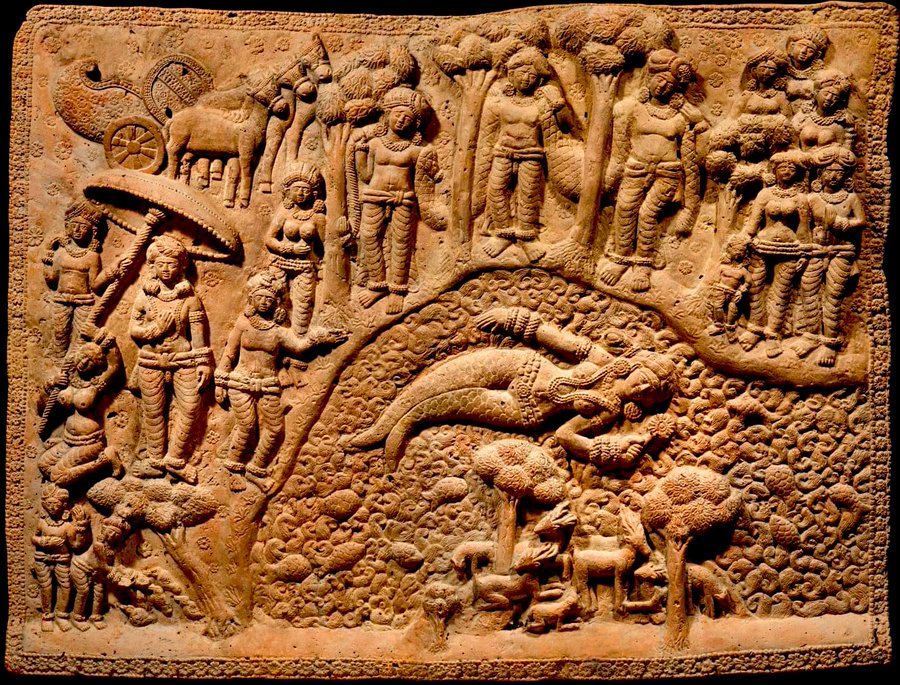
Dev Abhishek Tyagi
42. Predjama Castle – Mysterious Castle In Guinness Book

Predjama Castle was built in the middle of a rocky cliff 120 meters or 400 meters high 800 years ago. The castle is partially built in a natural cave and is connected to the cave system…
43. Wadi Rum Is A Desert Valley Located In The Southern Part Of Jordan

It is also known as the Valley of the Moon due to its unique landscape of red sandstone and granite rock formations that resemble a lunar surface. It has been inhabited by various civilizations throughout history, including the Nabataeans, who built the famous city of Petra.
44. Tiger’s Nest Monastery, Also Known As Paro Taktsang, Is A Sacred Buddhist Site Located In The Cliffside Of The Paro Valley In Bhutan

It consists of four temples, interconnected by staircases and bridges, perched on the cliffside over 3,000 meters (10,000 feet) above sea level. The buildings are adorned with intricate carvings and paintings that depict Buddhist teachings and deities.
45. An Incredible 4,500-Year-Old (!) Ancient Egyptian Tunic. The Egyptian Museum, Cairo
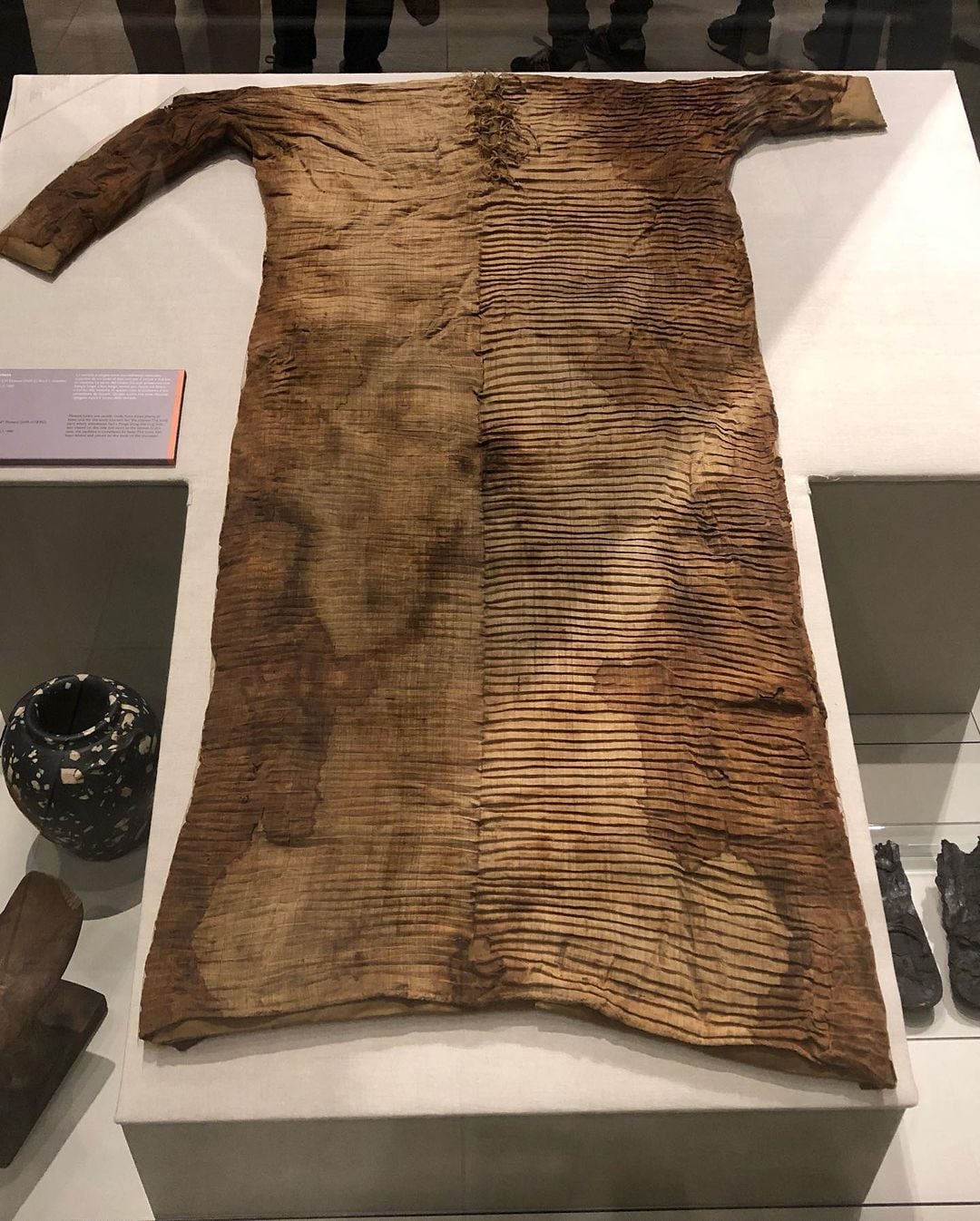
46. Wazir Khan Mosque (Masjid) In Lahore City Of Punjab Province

47. A 12th Century Ce; Bayon Temple, One Of The More Famous, Popular, And Beautiful Of Structures In Angkor Wat Archaeological Park, Cambodia

48. Rani-Ki-Vav, On The Banks Of The Saraswati River, Was Initially Built As A Memorial To A King In The 11th Century Ad
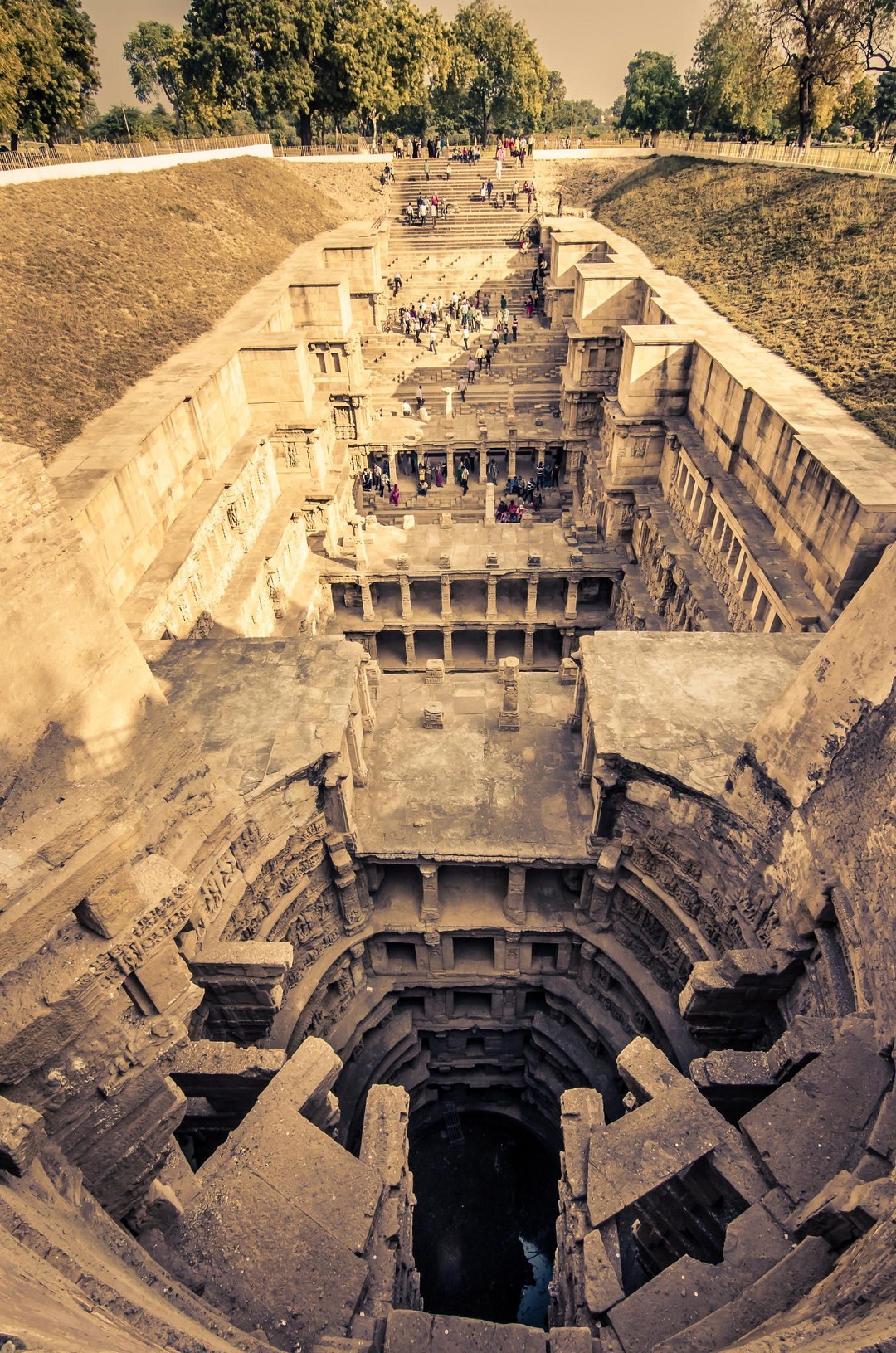
Stepwells are a distinctive form of subterranean water resource and storage systems on the Indian subcontinent and have been constructed since the 3rd millennium B.C. They evolved from a pit in sandy soil to elaborate multi-story works of art and architecture. Rani-ki-Vav was built at the height of artisans’ ability in stepwell construction and the Maru-Gurjara architectural style, reflecting mastery of this complex technique and the incredible beauty of detail and proportions.
Designed as an inverted temple highlighting the sanctity of water, it is divided into seven levels of stairs with sculptural panels of high artistic quality; more than 500 principal sculptures and over a thousand minor ones combine religious, mythological, and secular imagery, often referencing literary works.
49. The Medieval Alley In Rhodes Is A Narrow Street Located In The Old Town Of Rhodes, A UNESCO World Heritage Site In Greece

50. Tribal Chief Eli Mabel Holds The Body Of His Ancestor, Agat Mamete Mabel. Agat Mamete Mabel, Was A Tribal Chief Who Ruled A Remote Village In Papua, Indonesia, Some 250 Years Ago

It was honored after death with a custom reserved only for important elders and local heroes among the Dani people. It is embalmed and preserved with smoke and animal oils.

